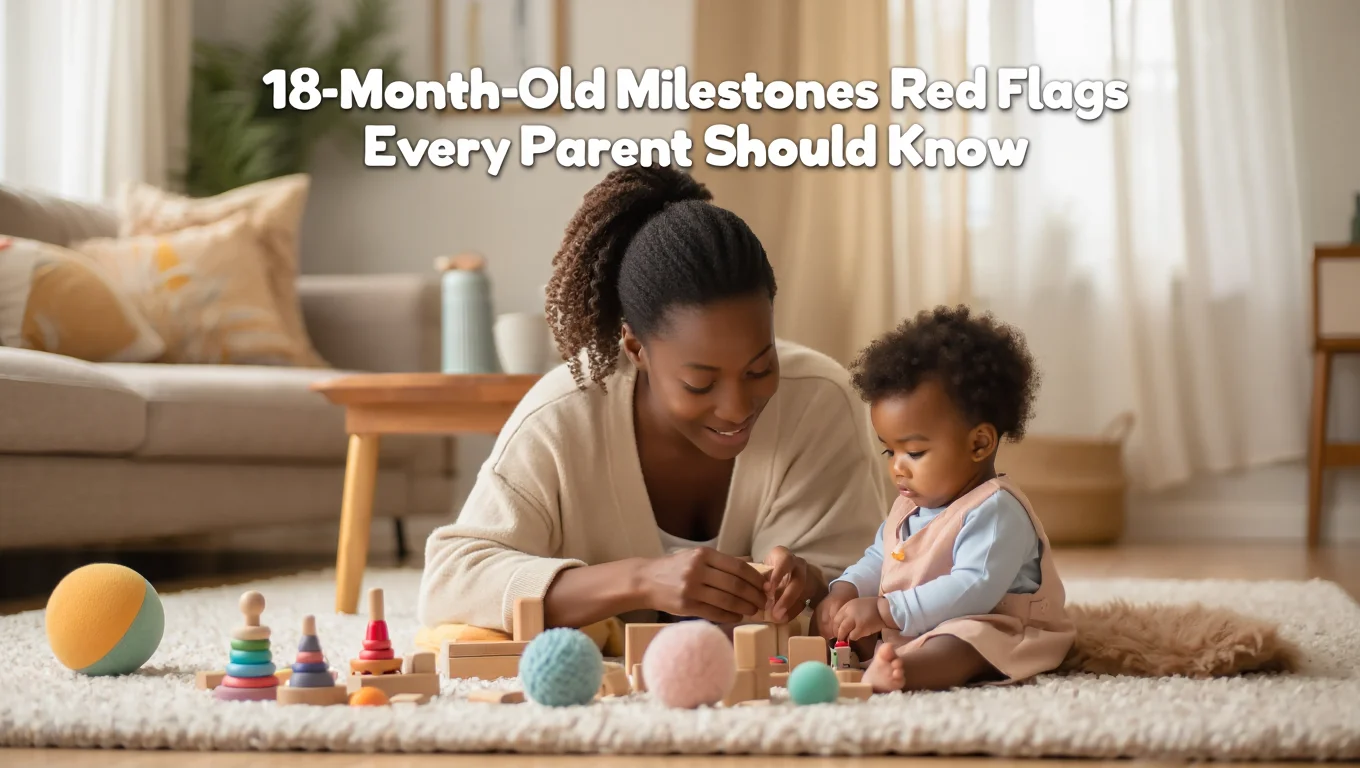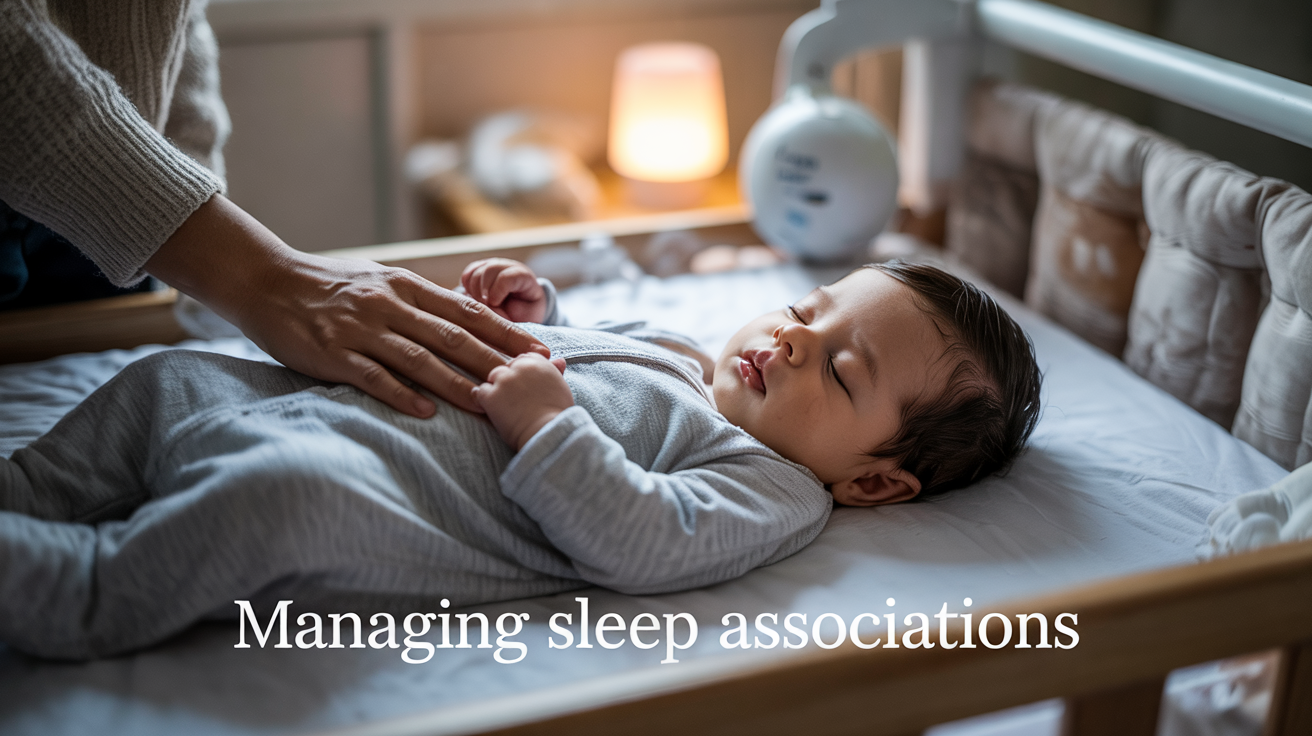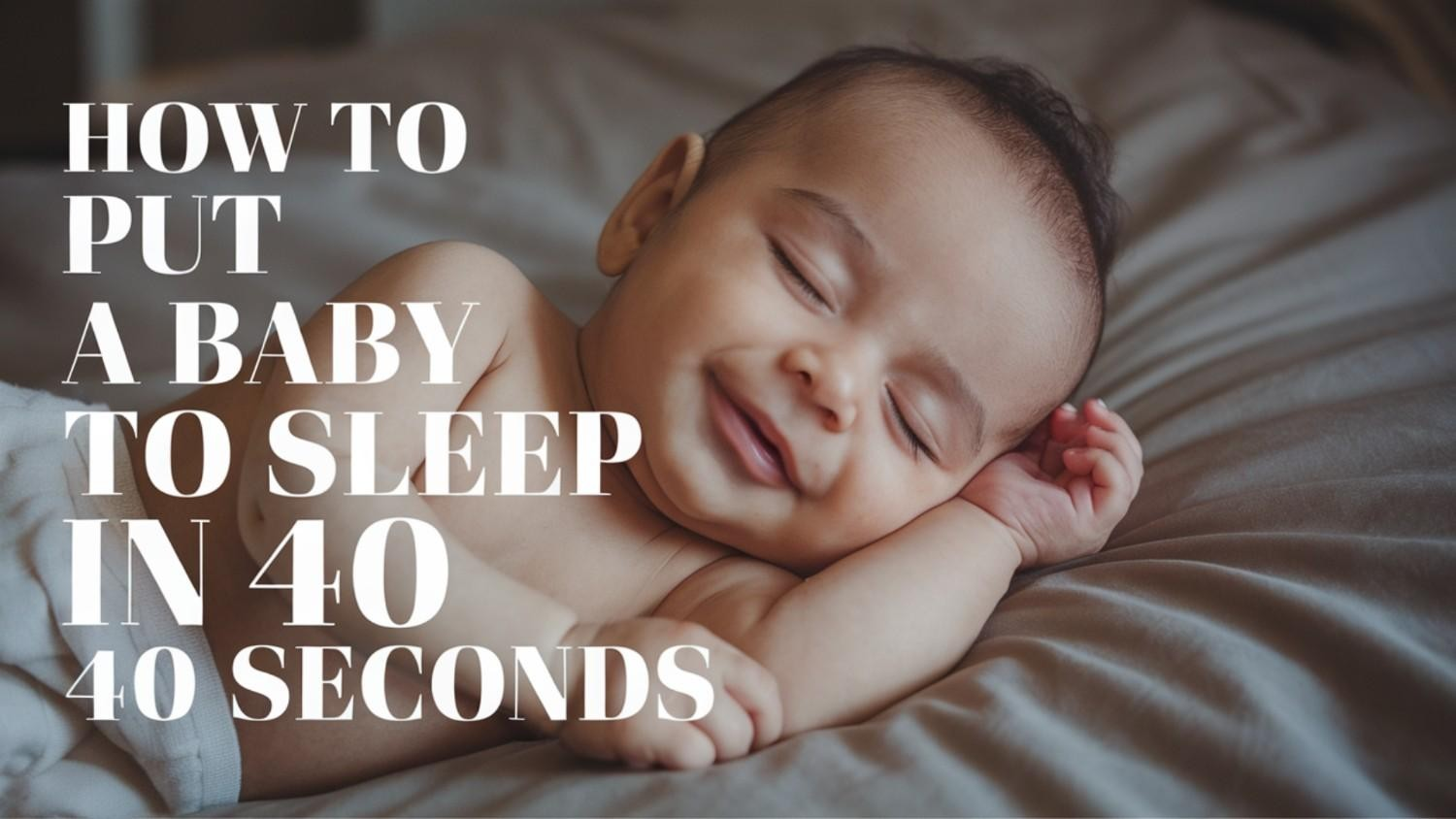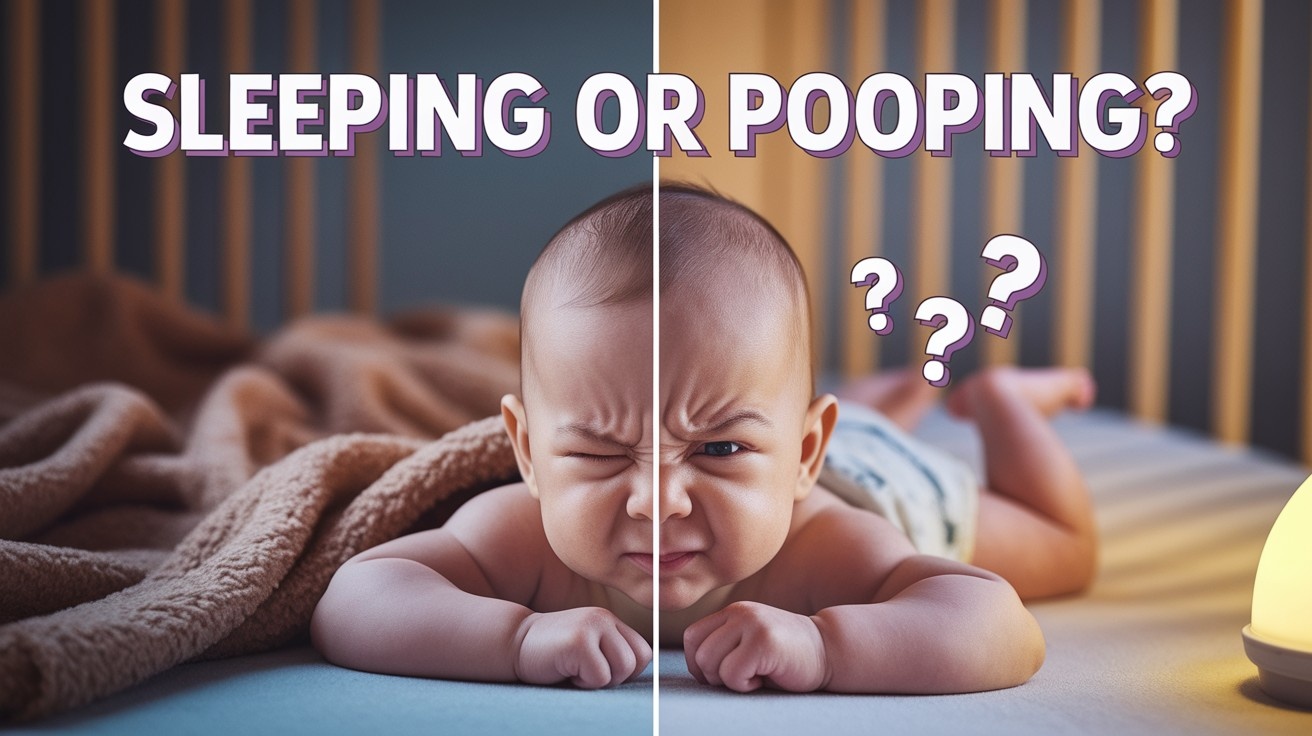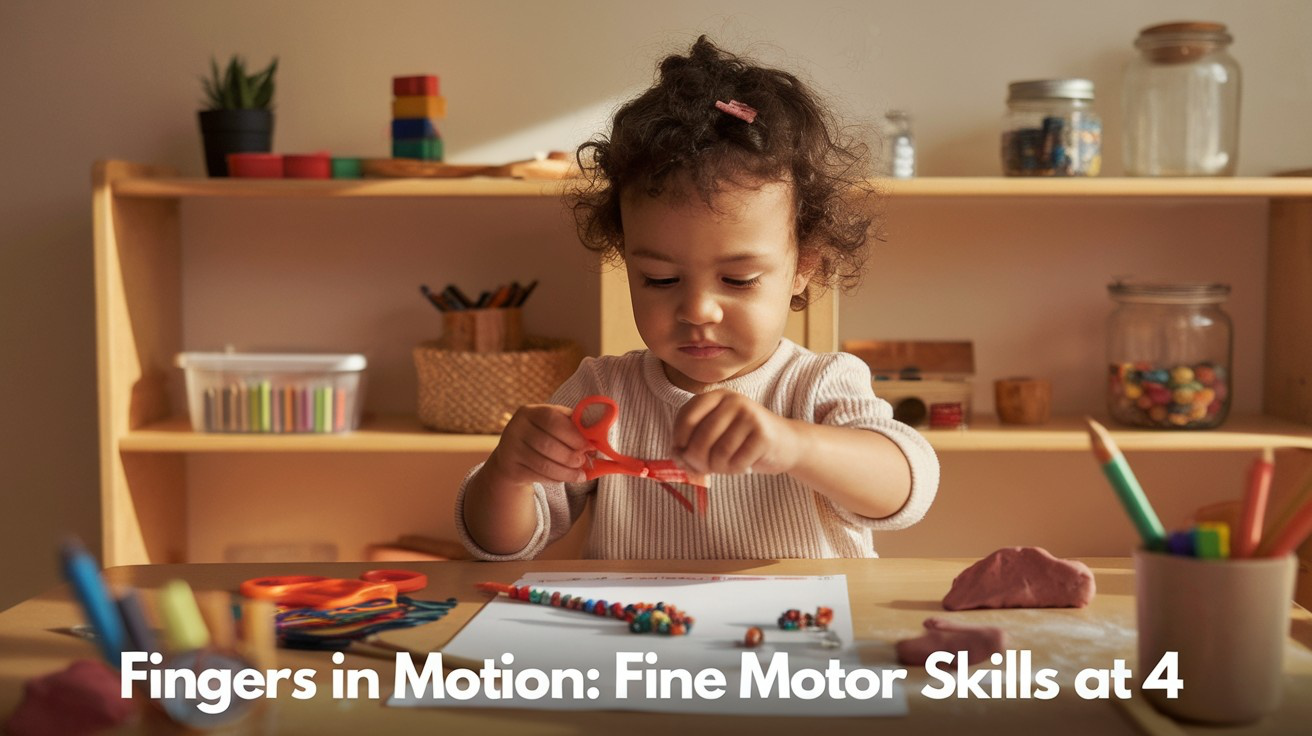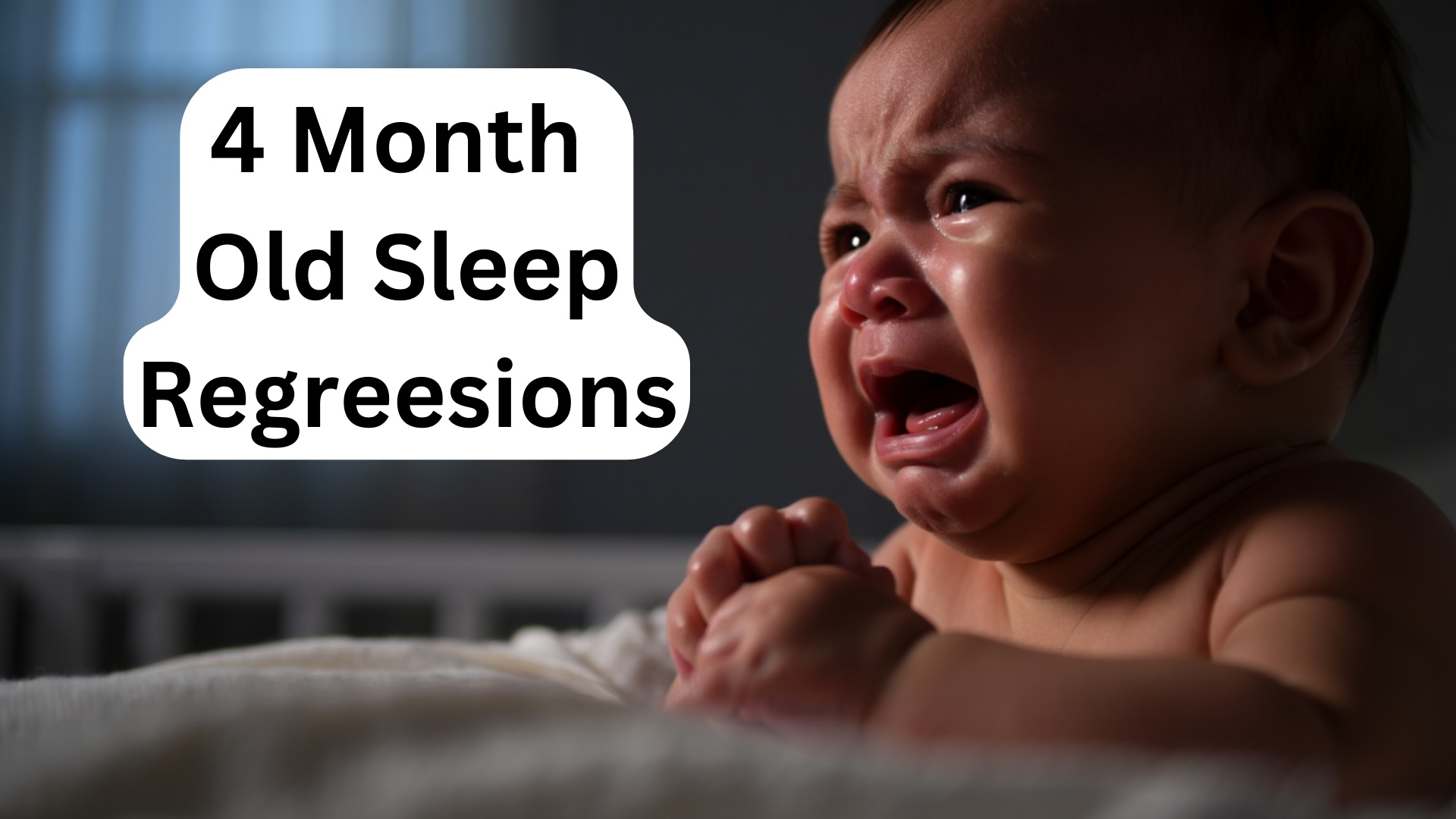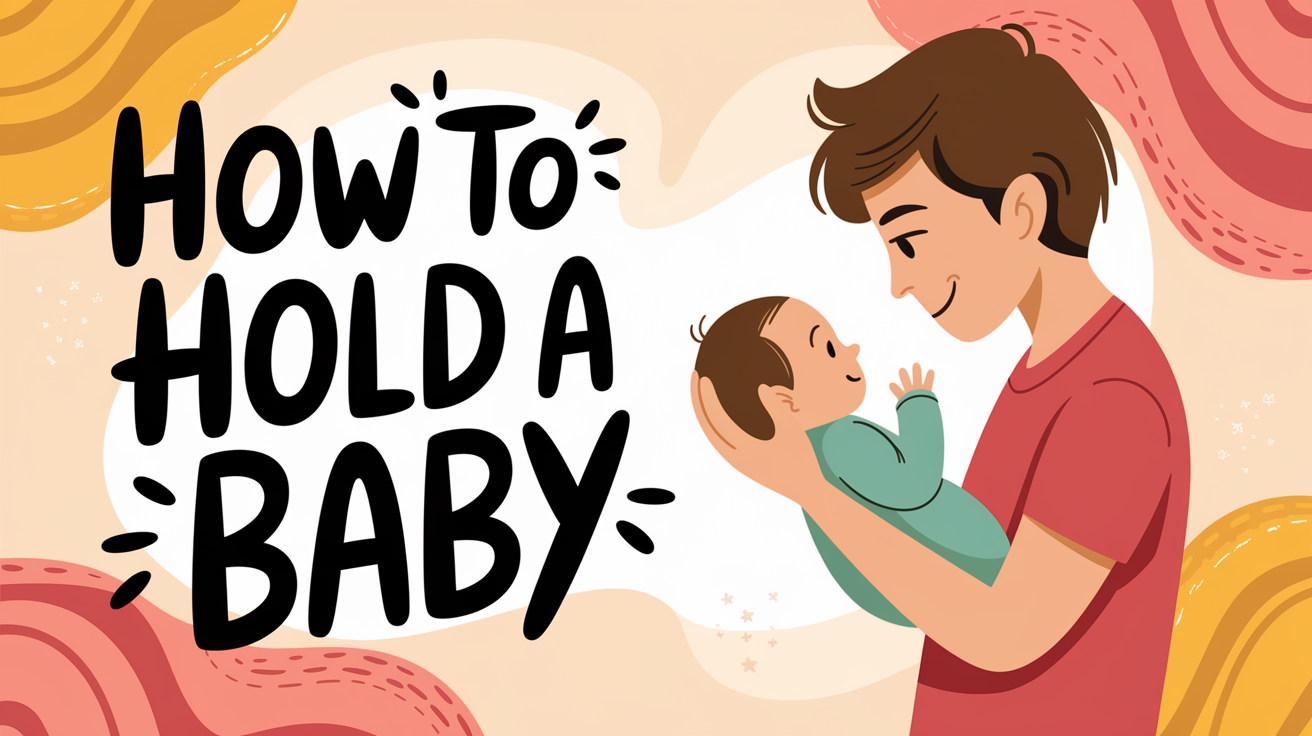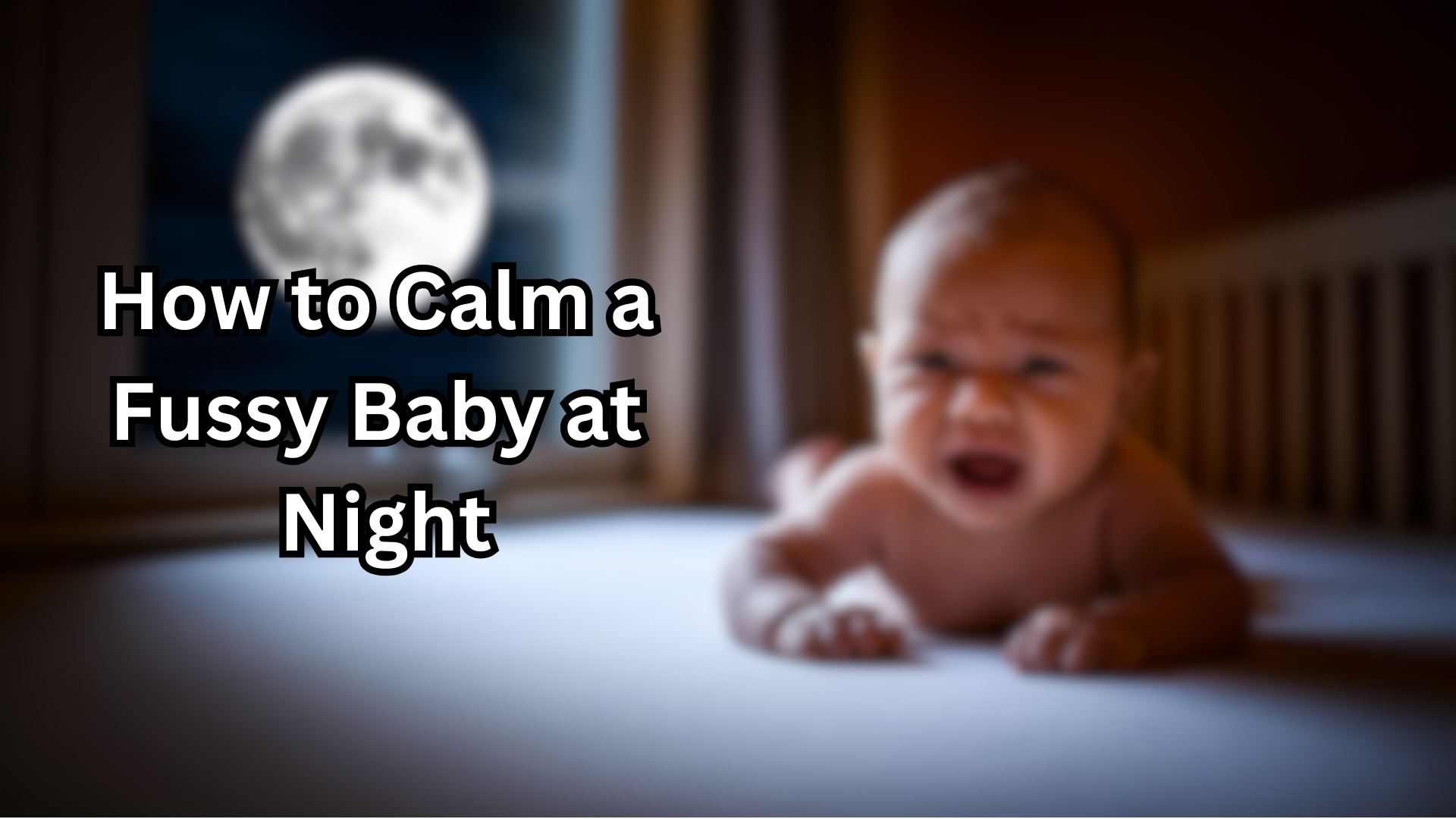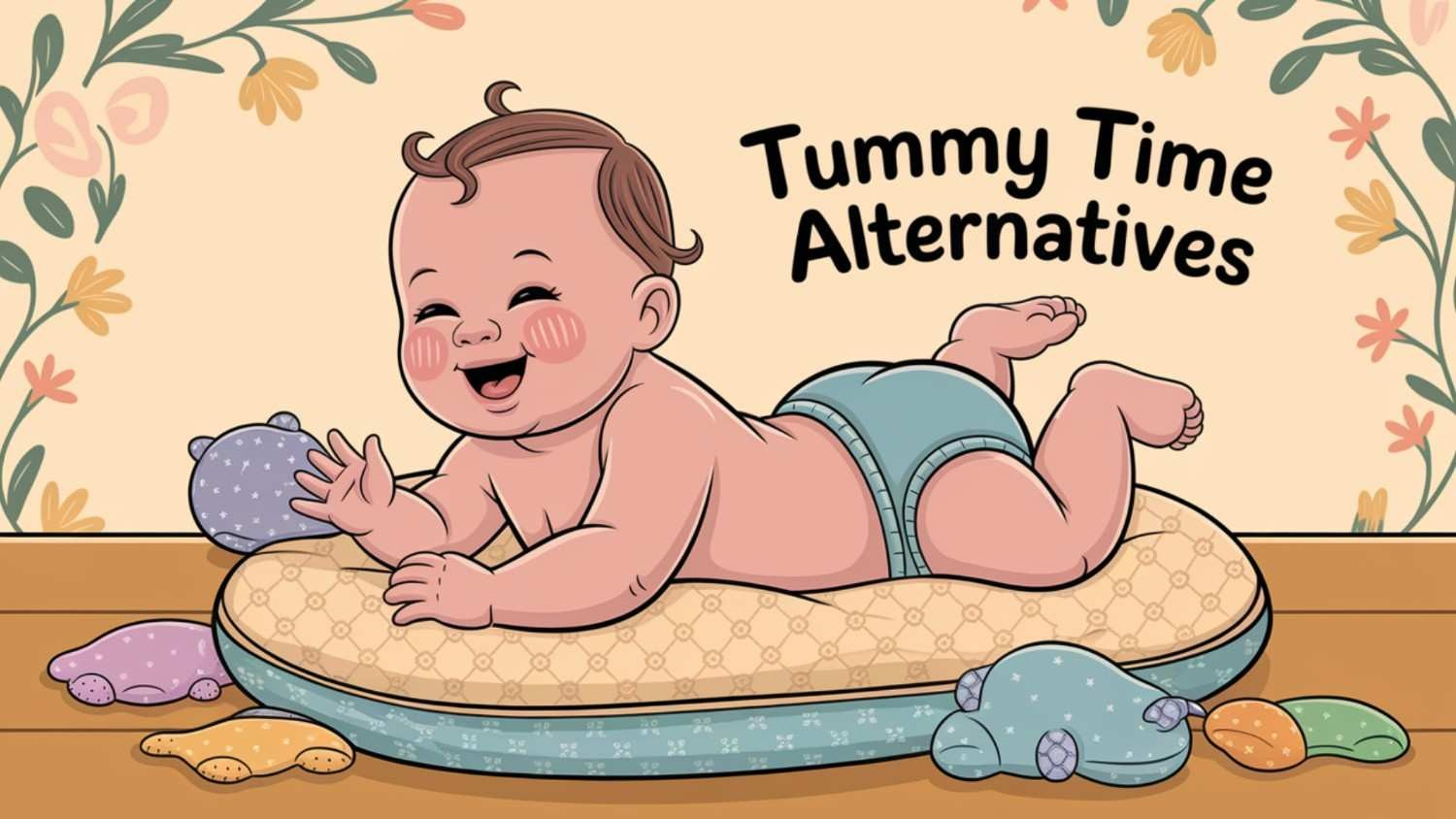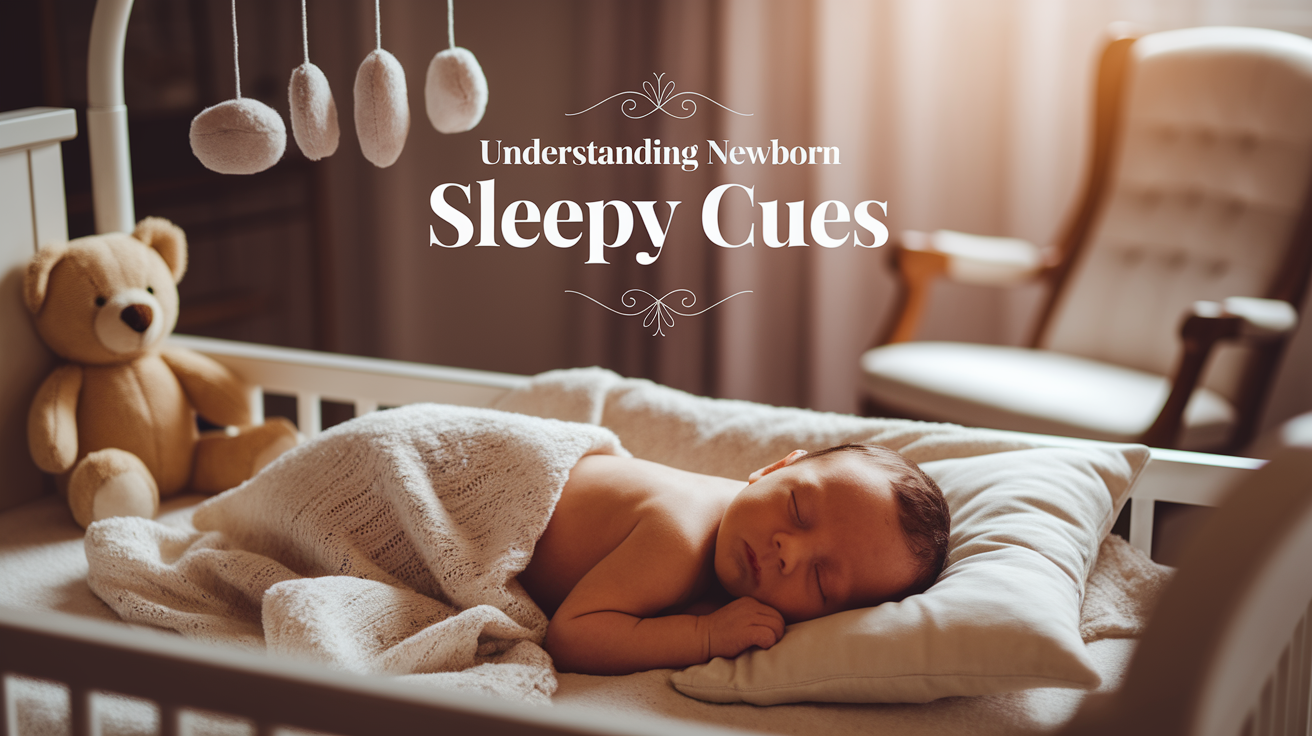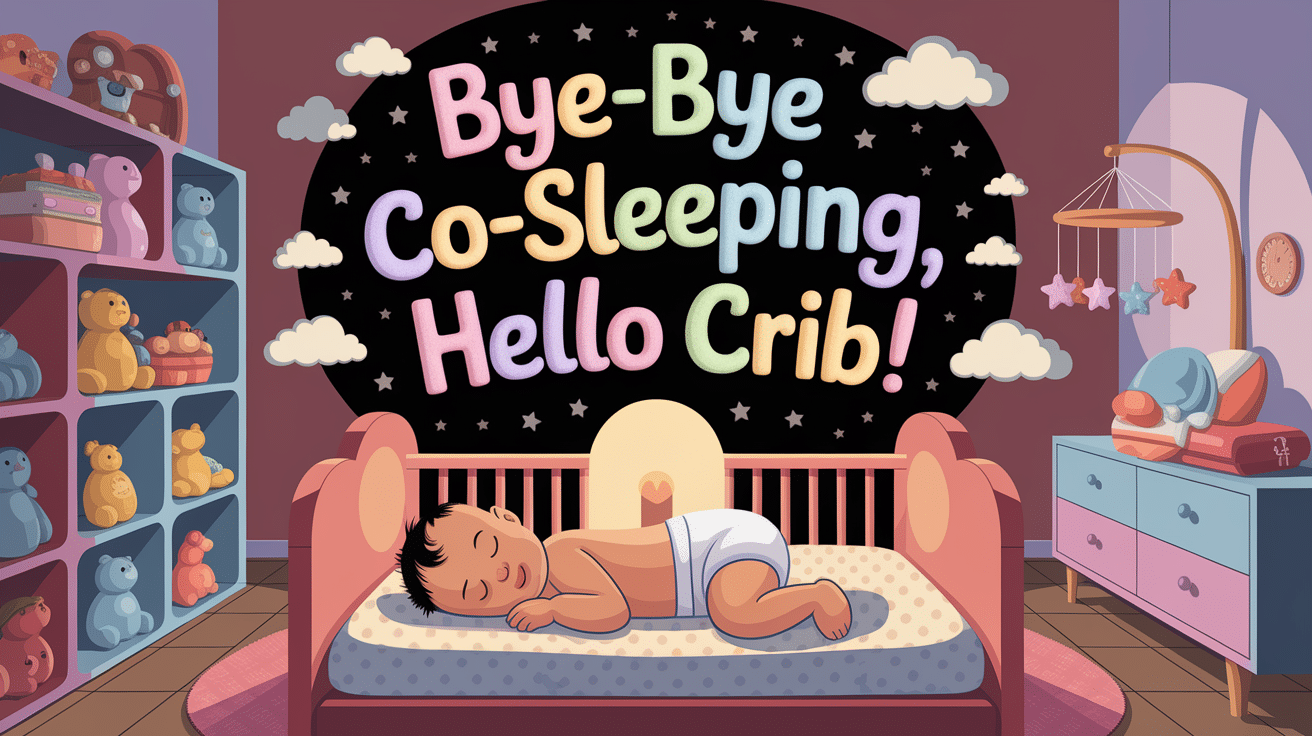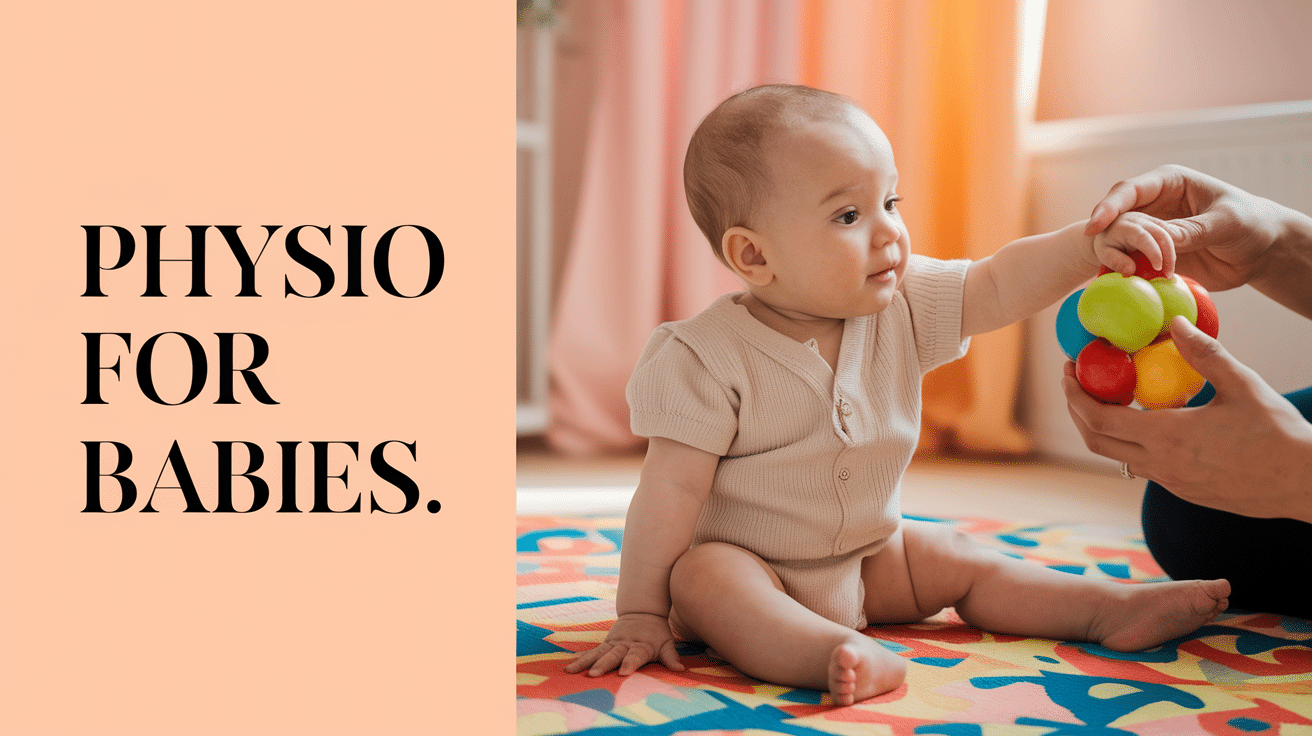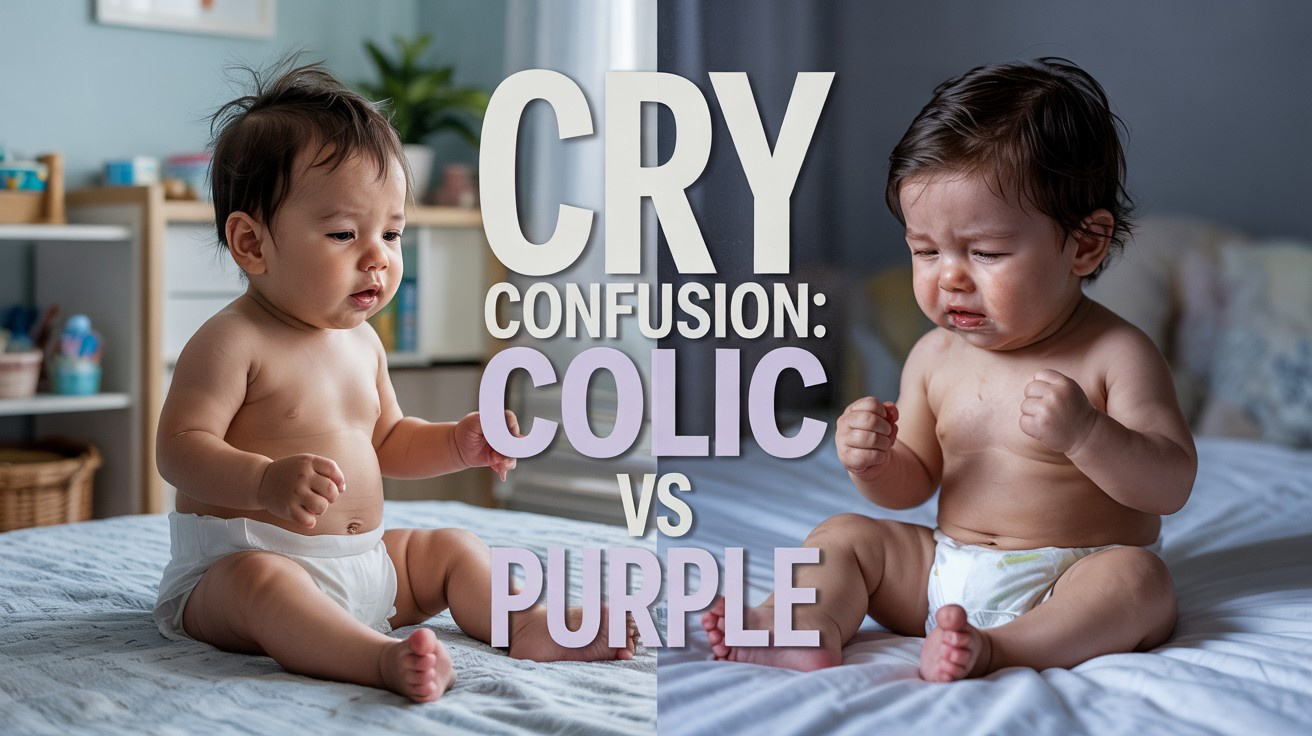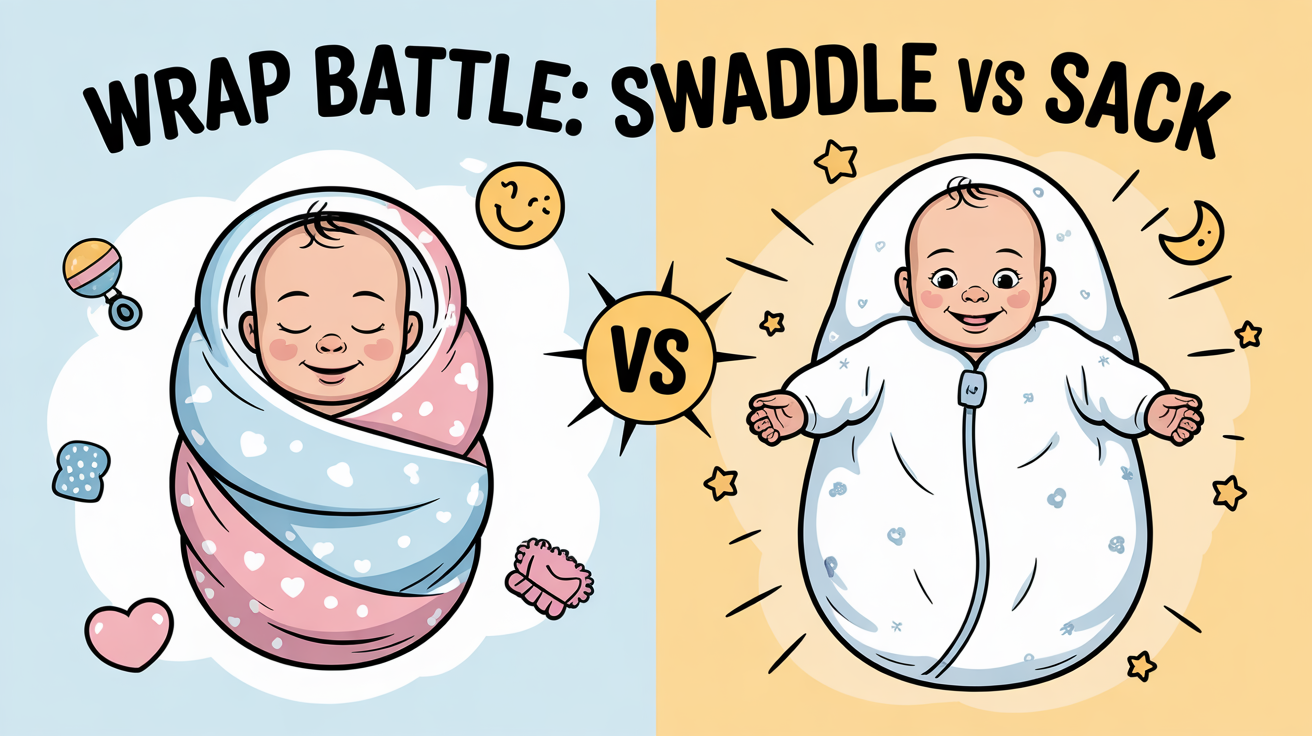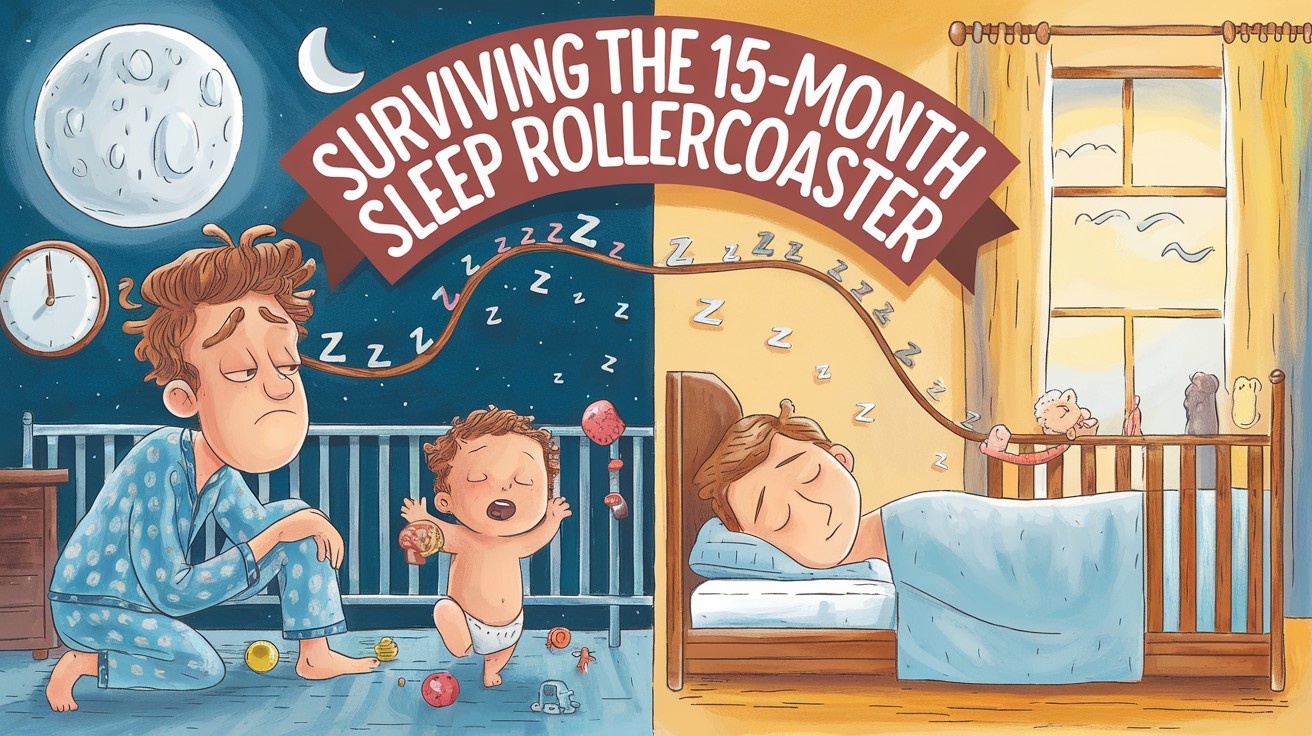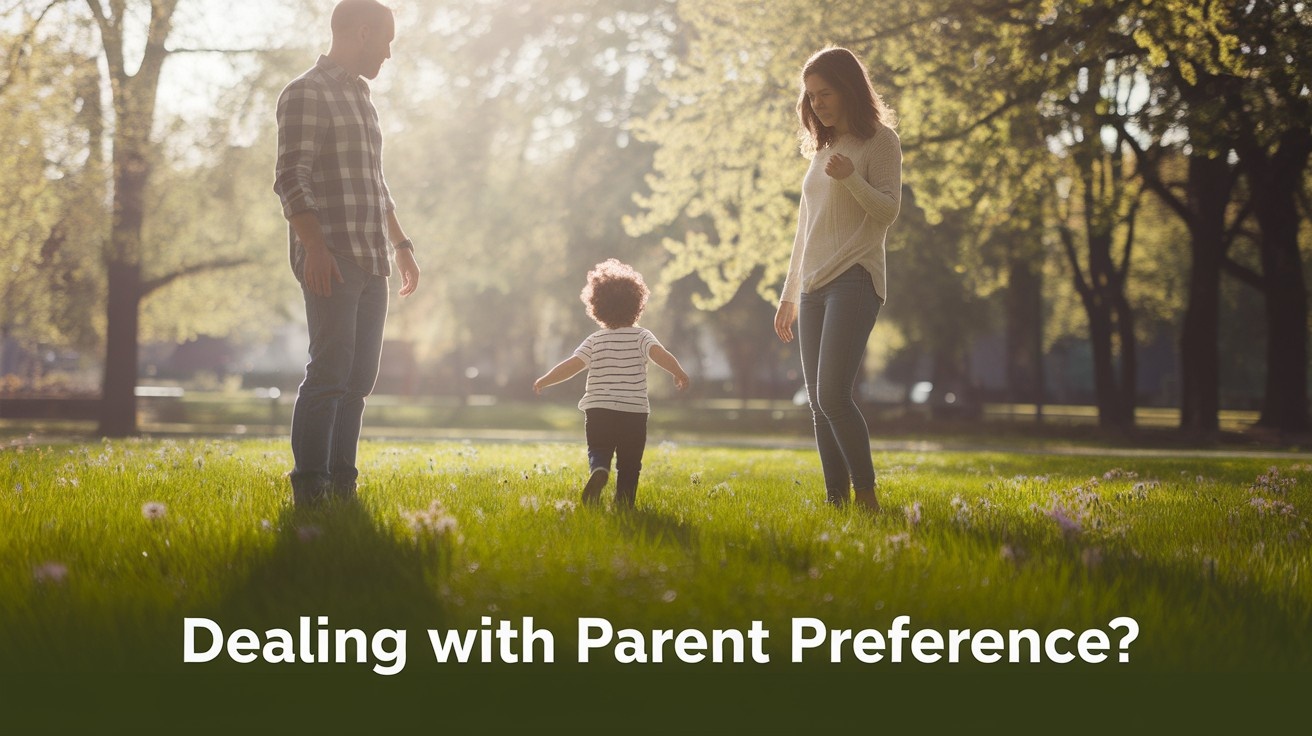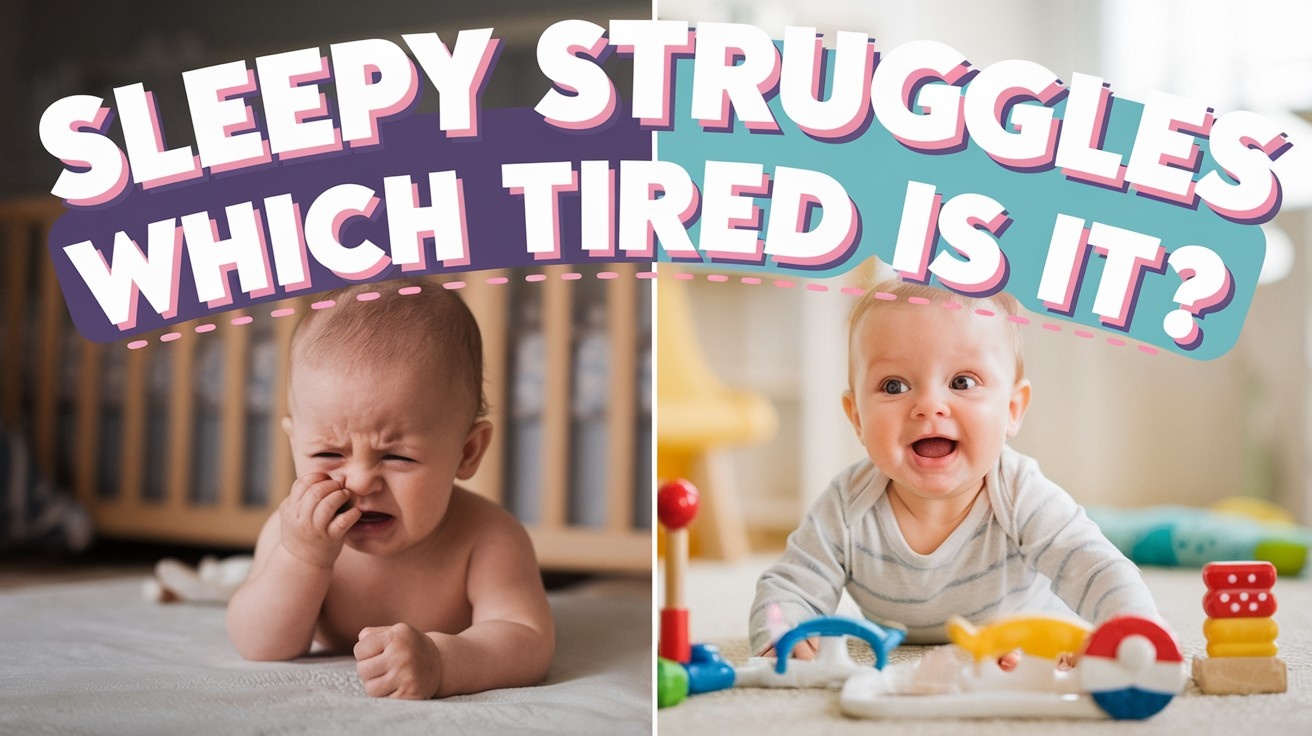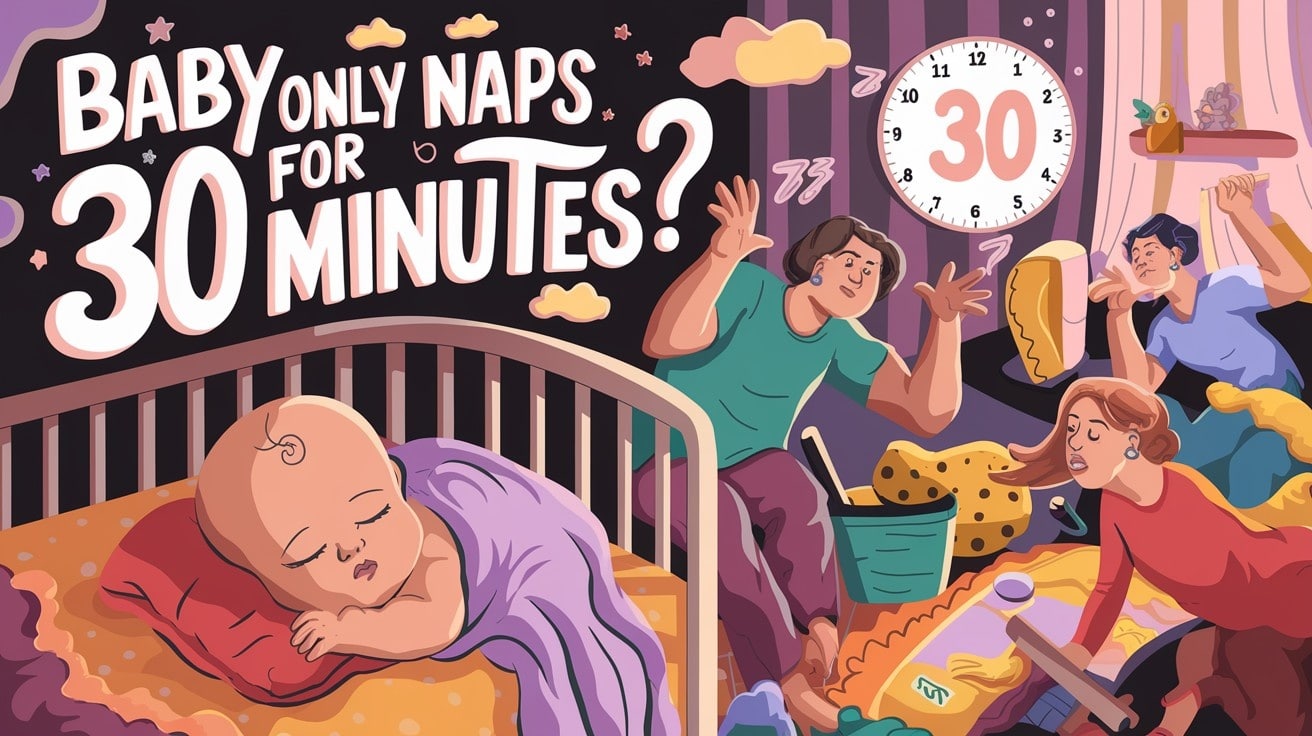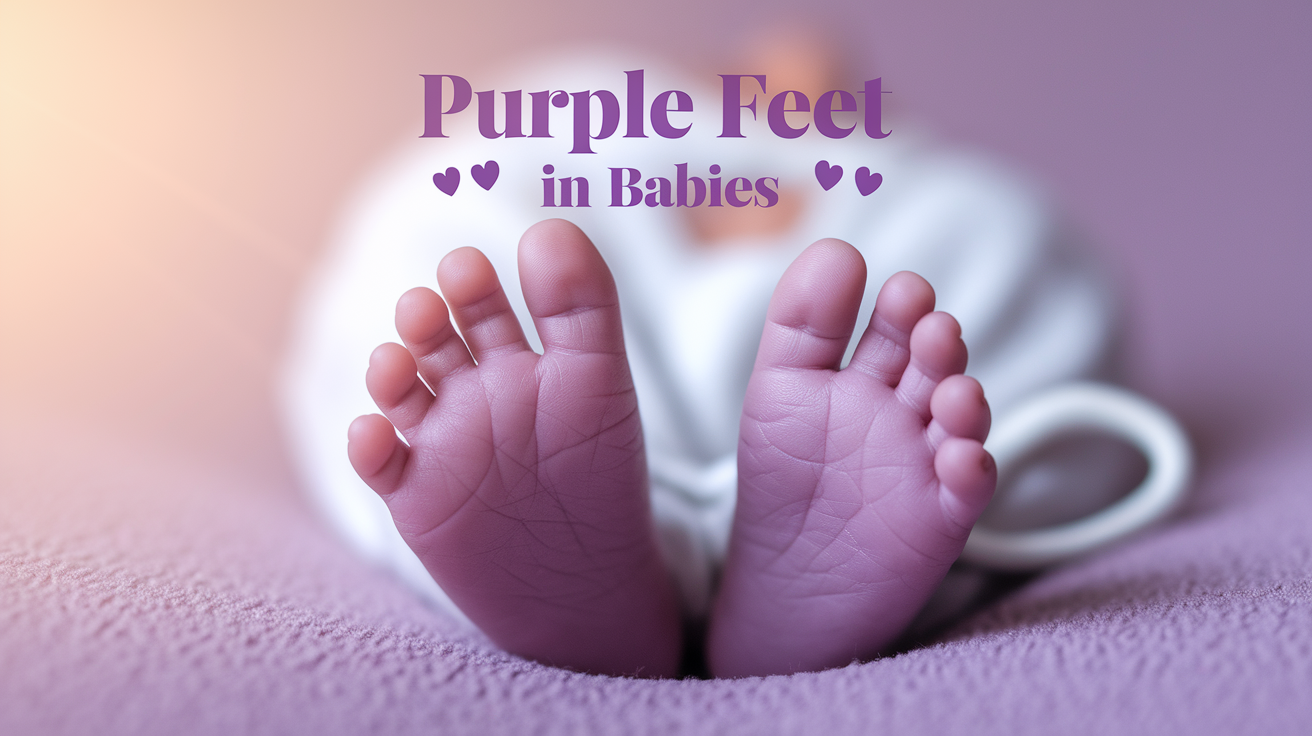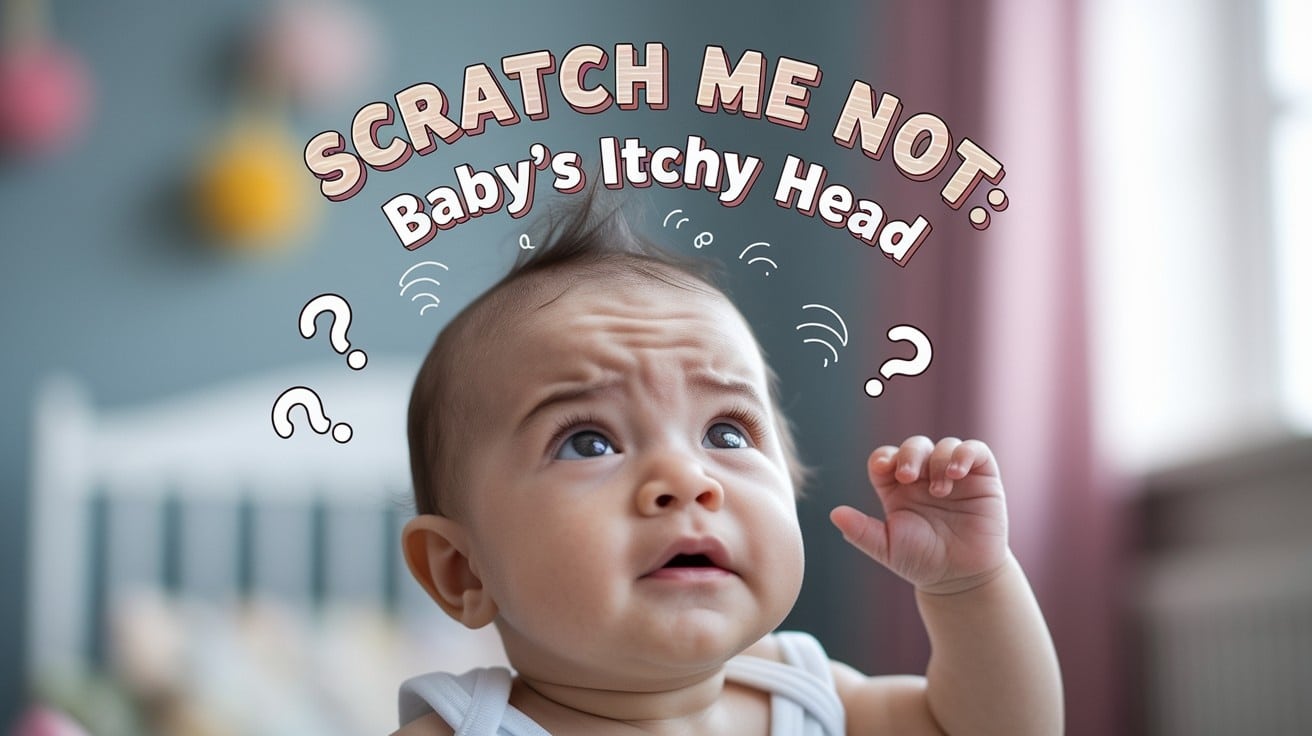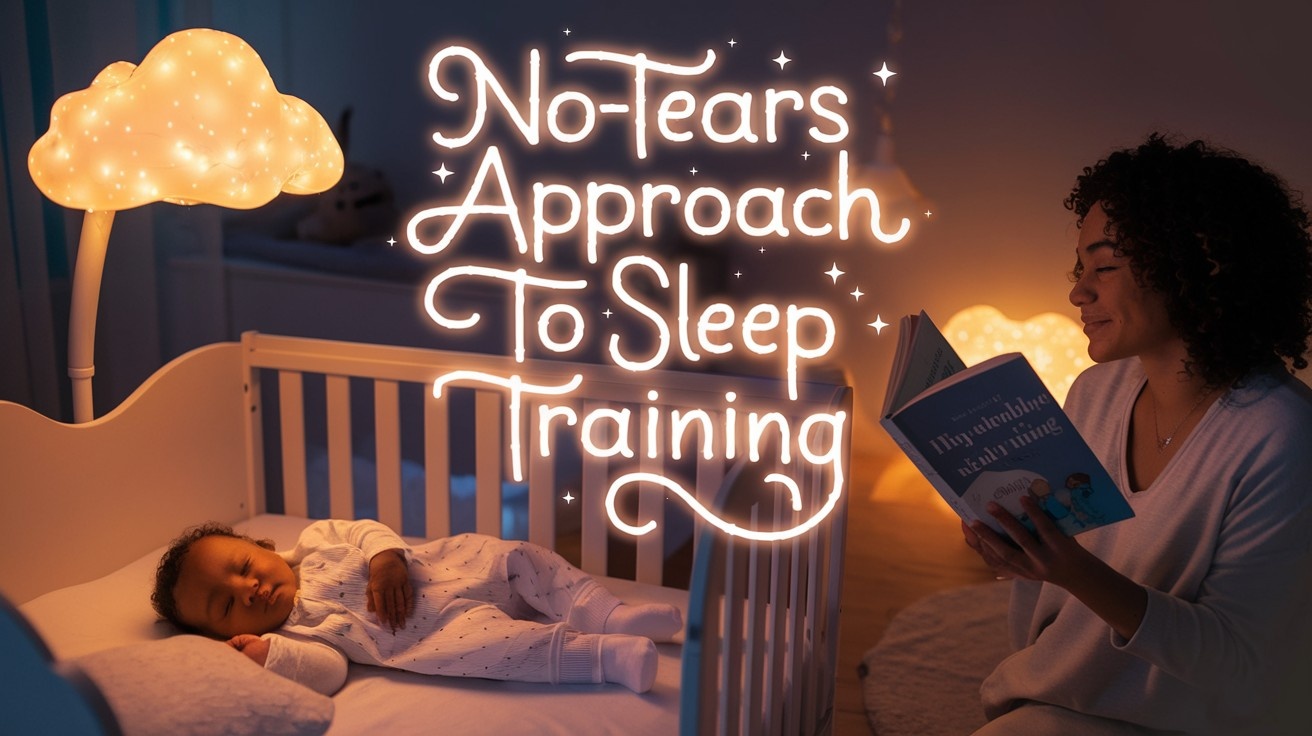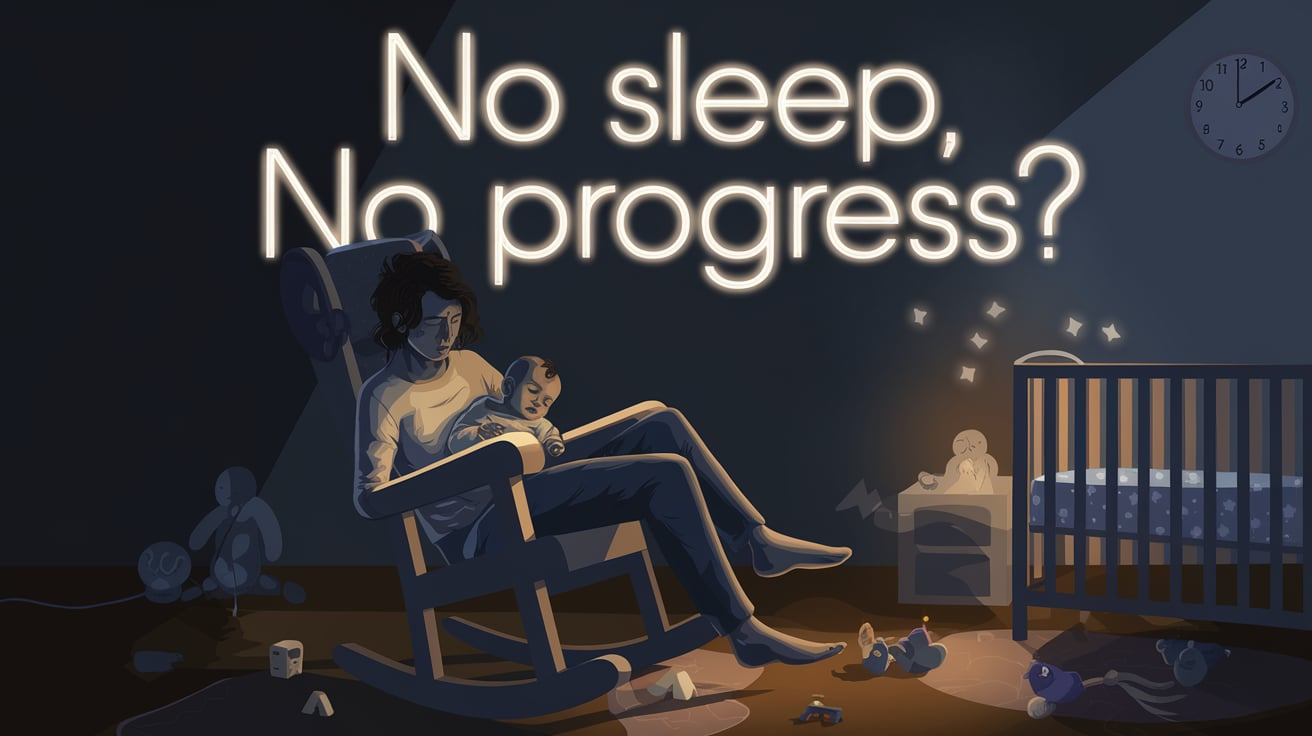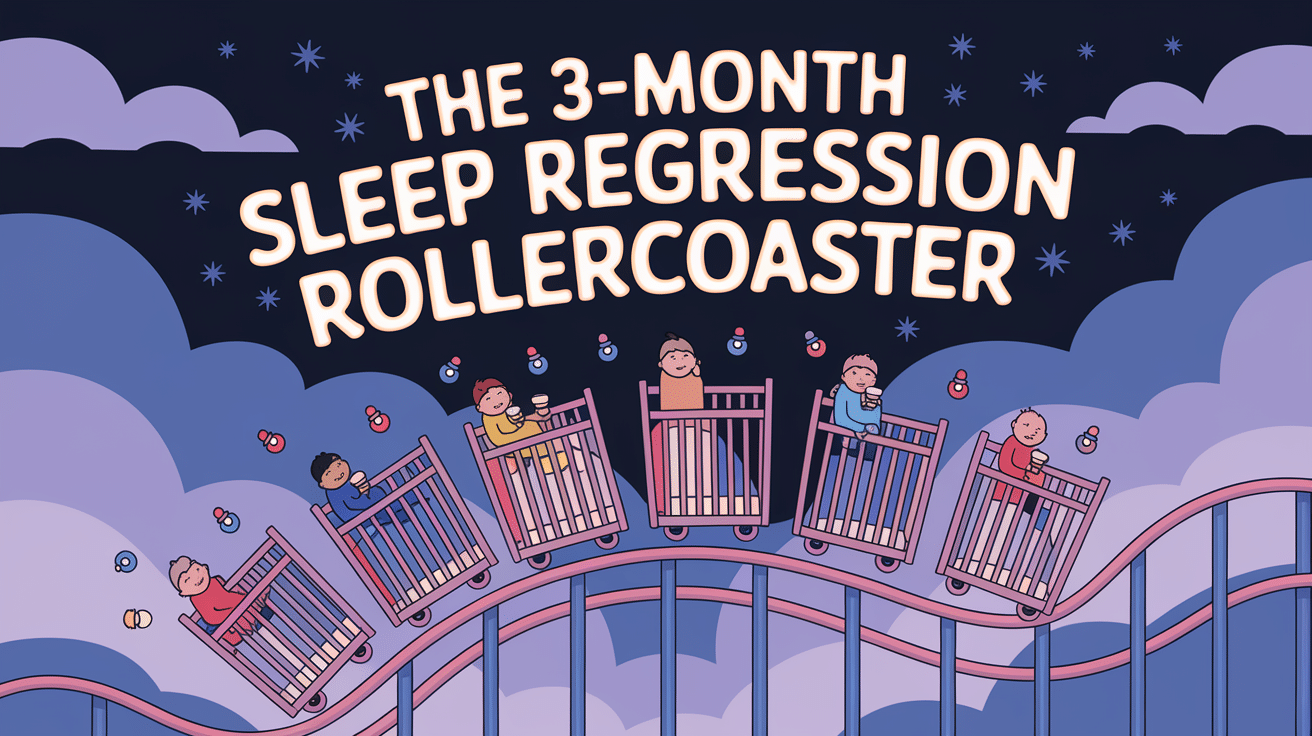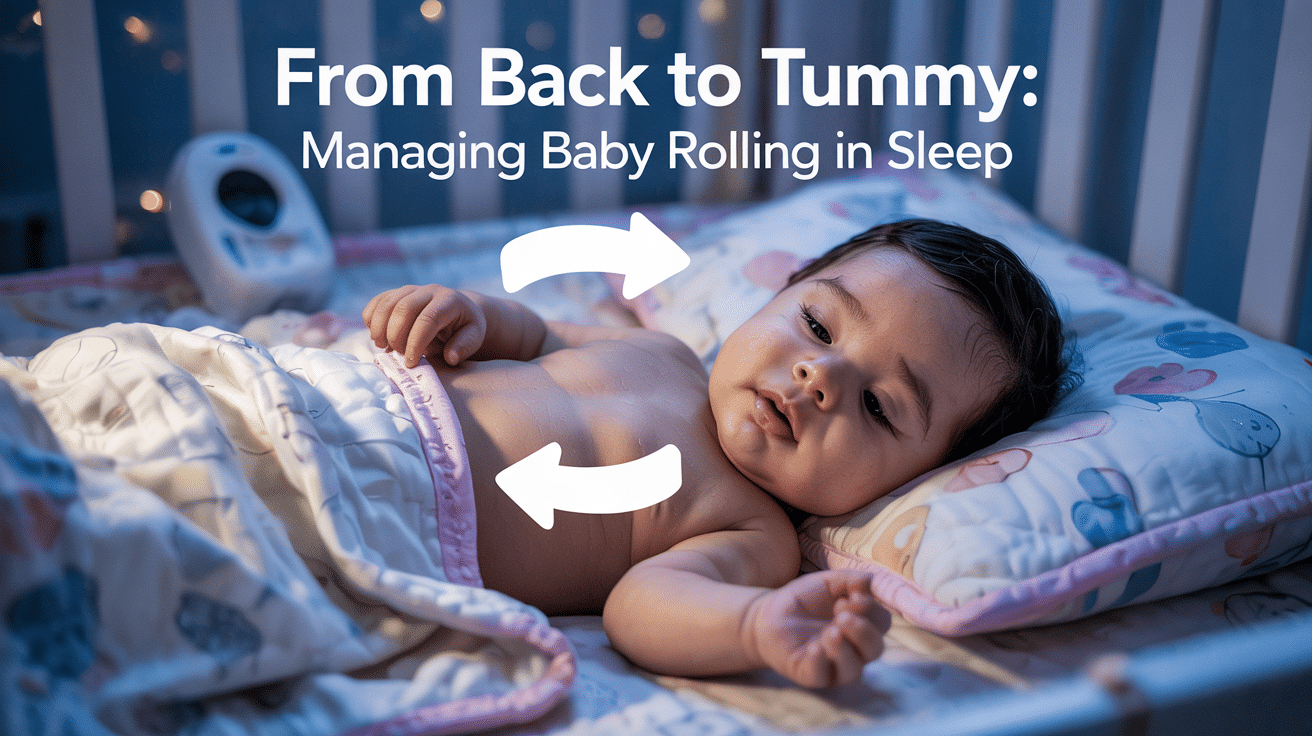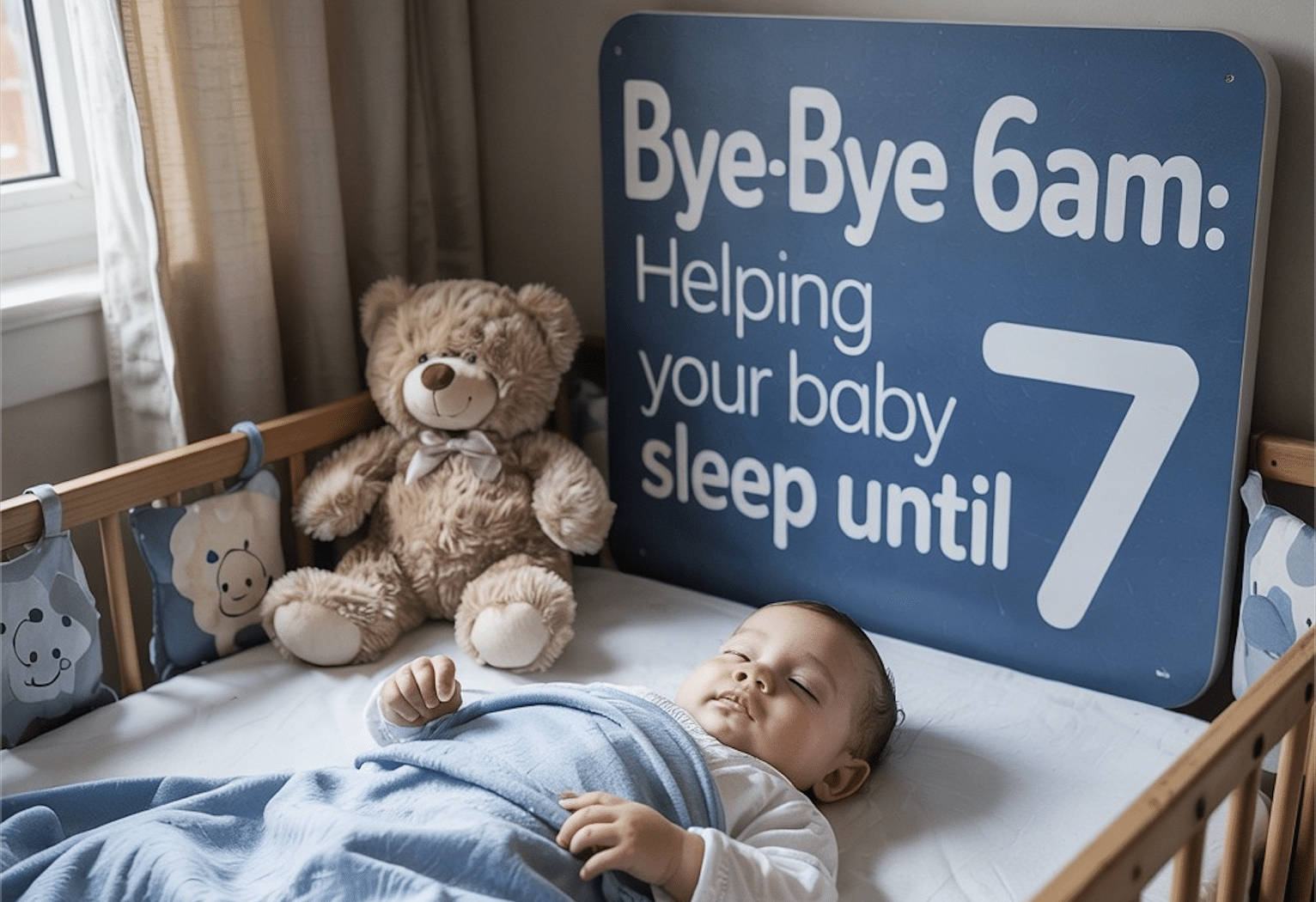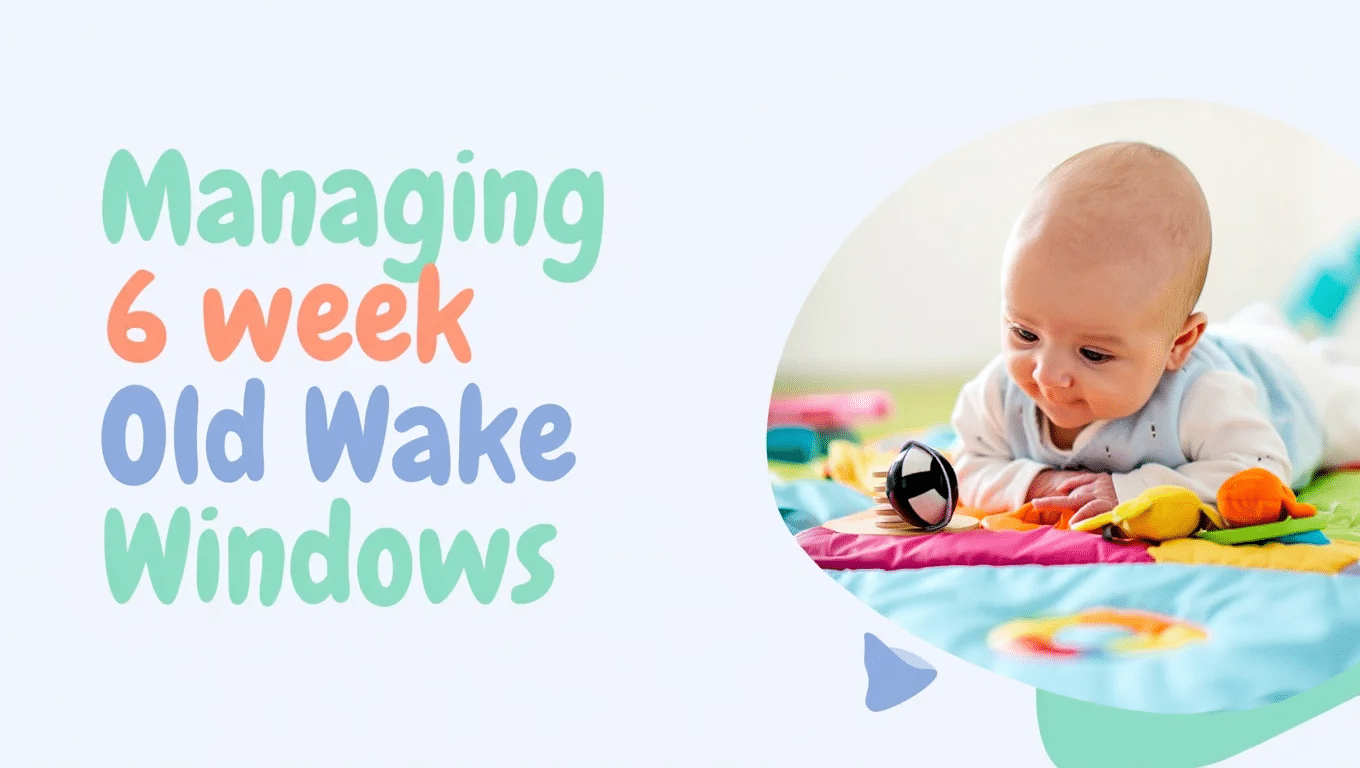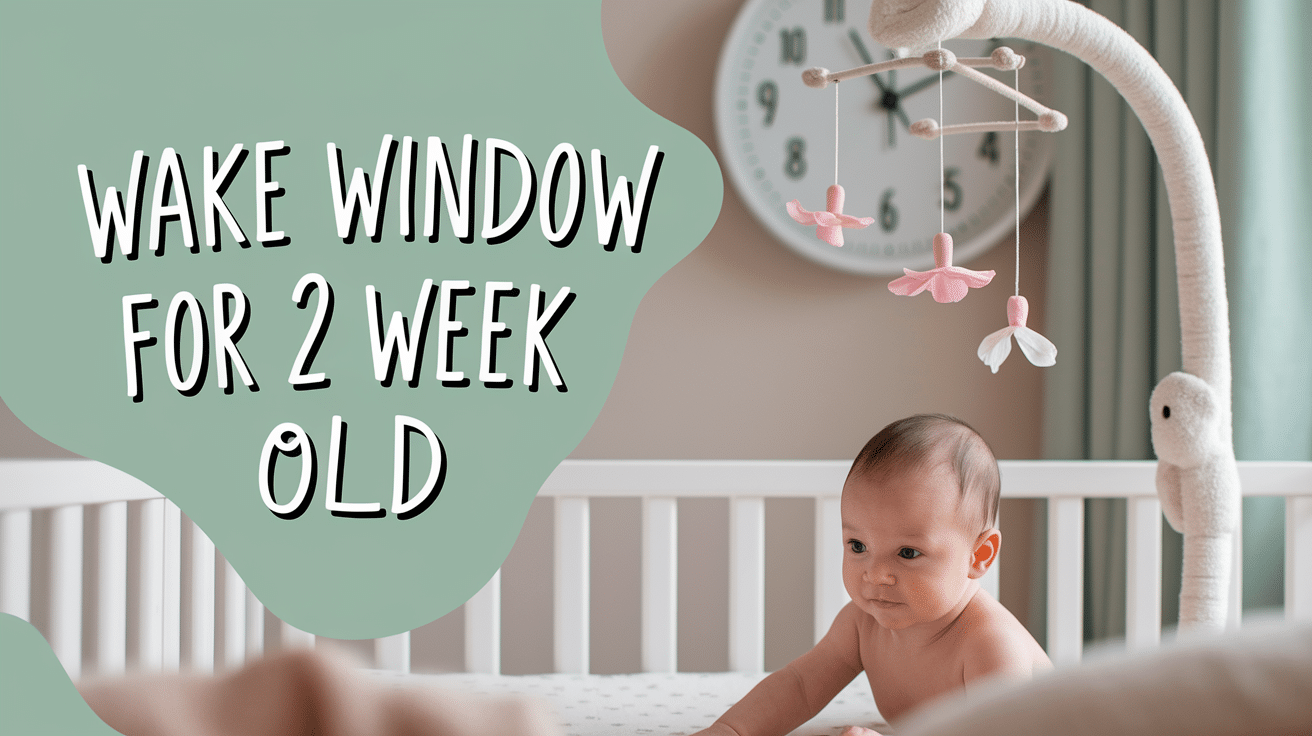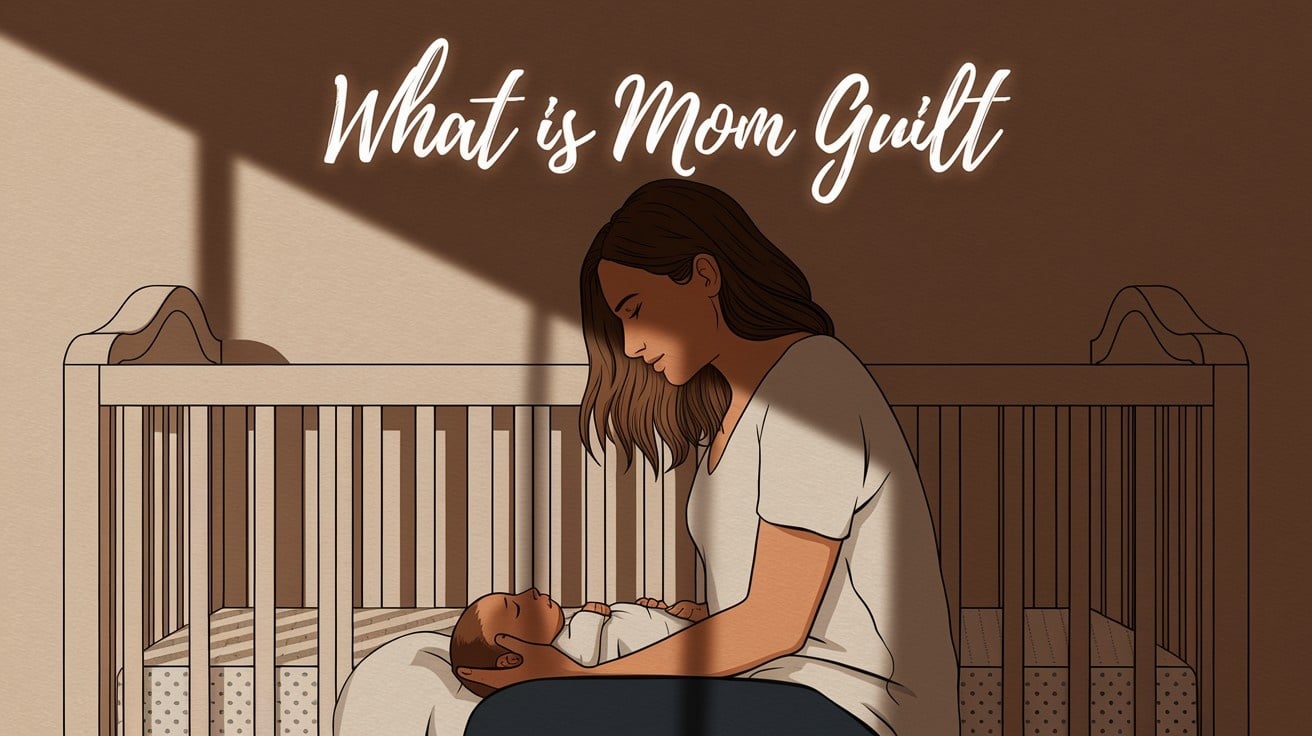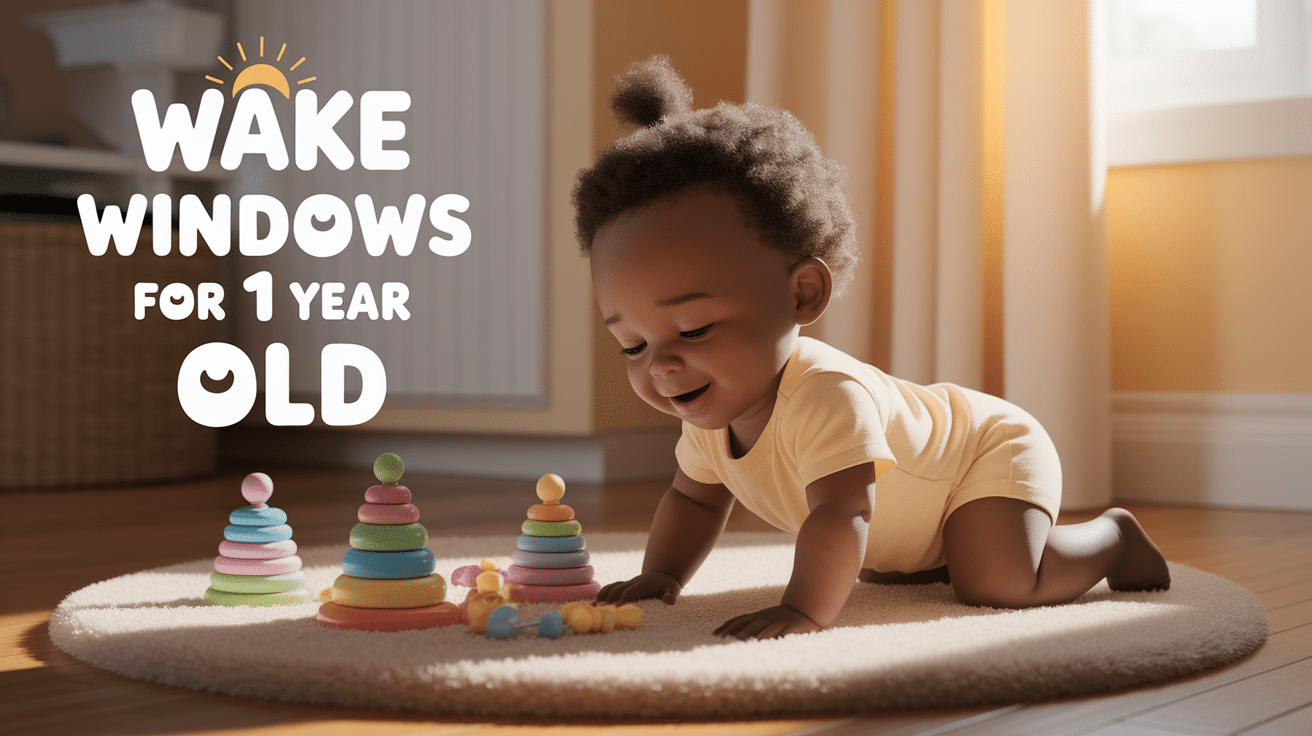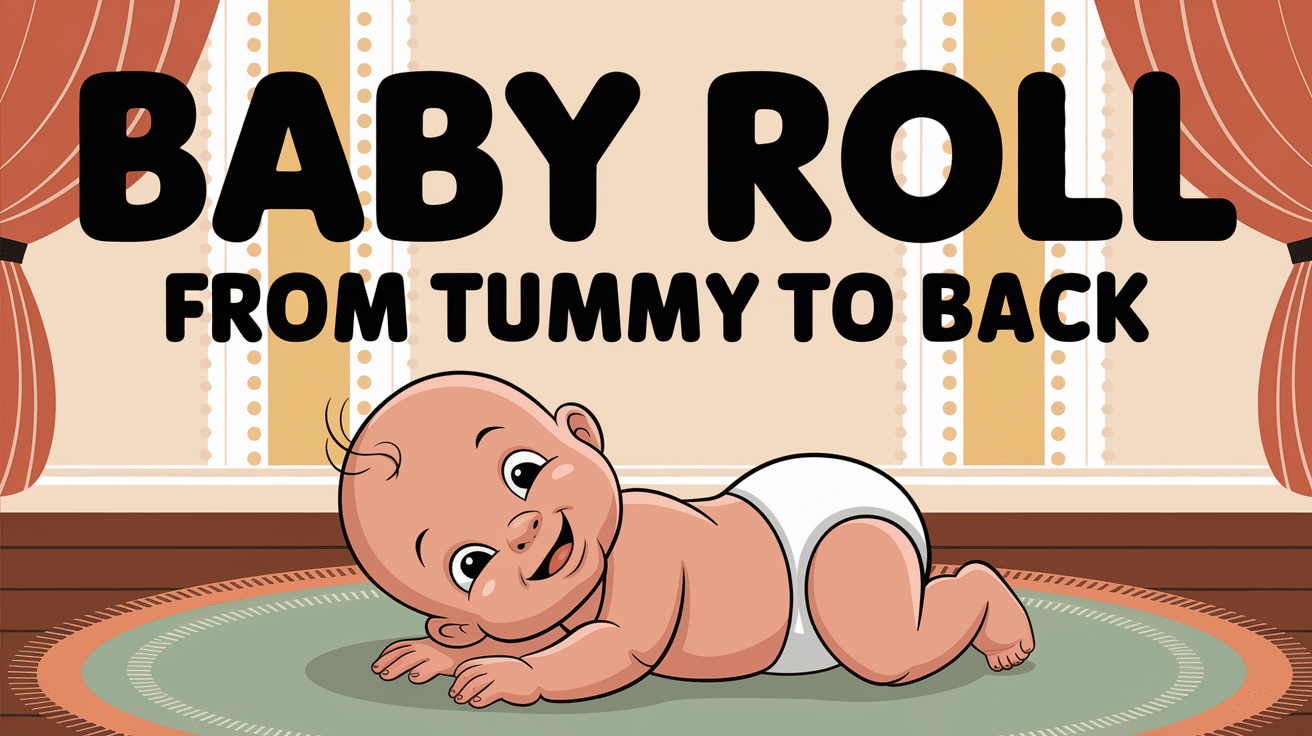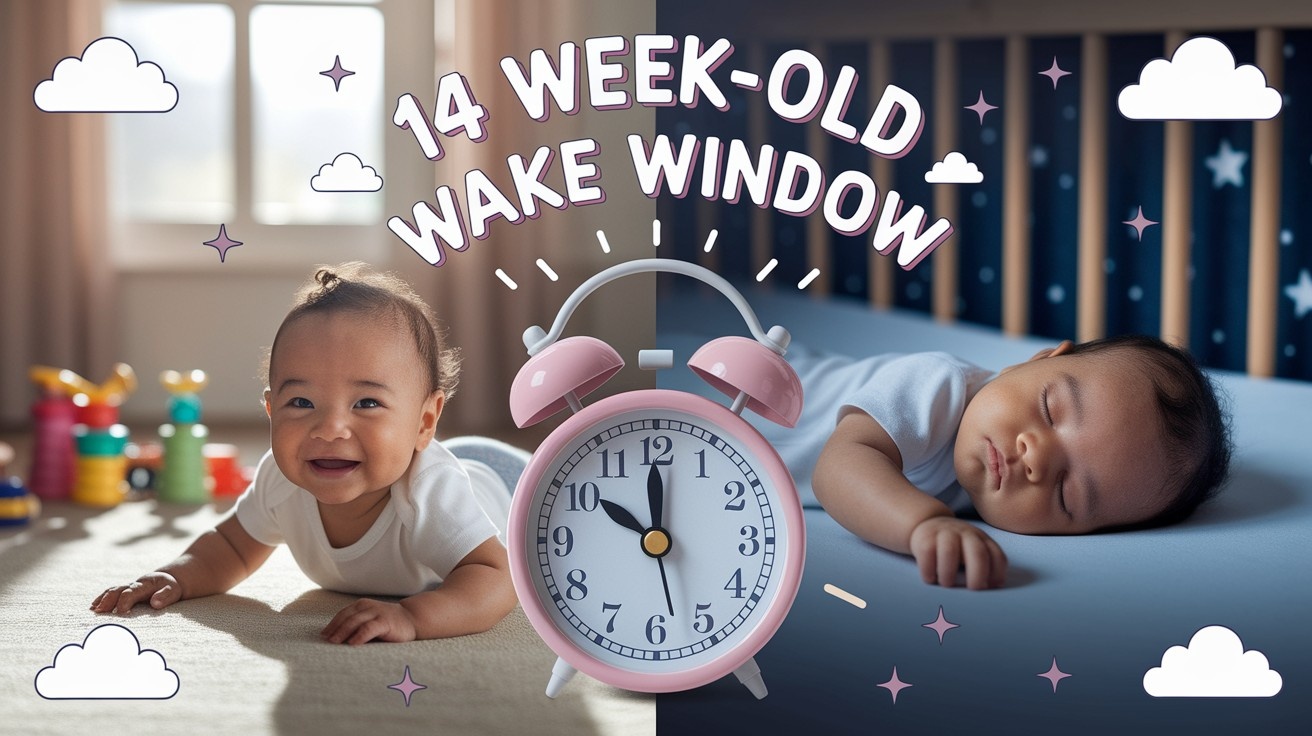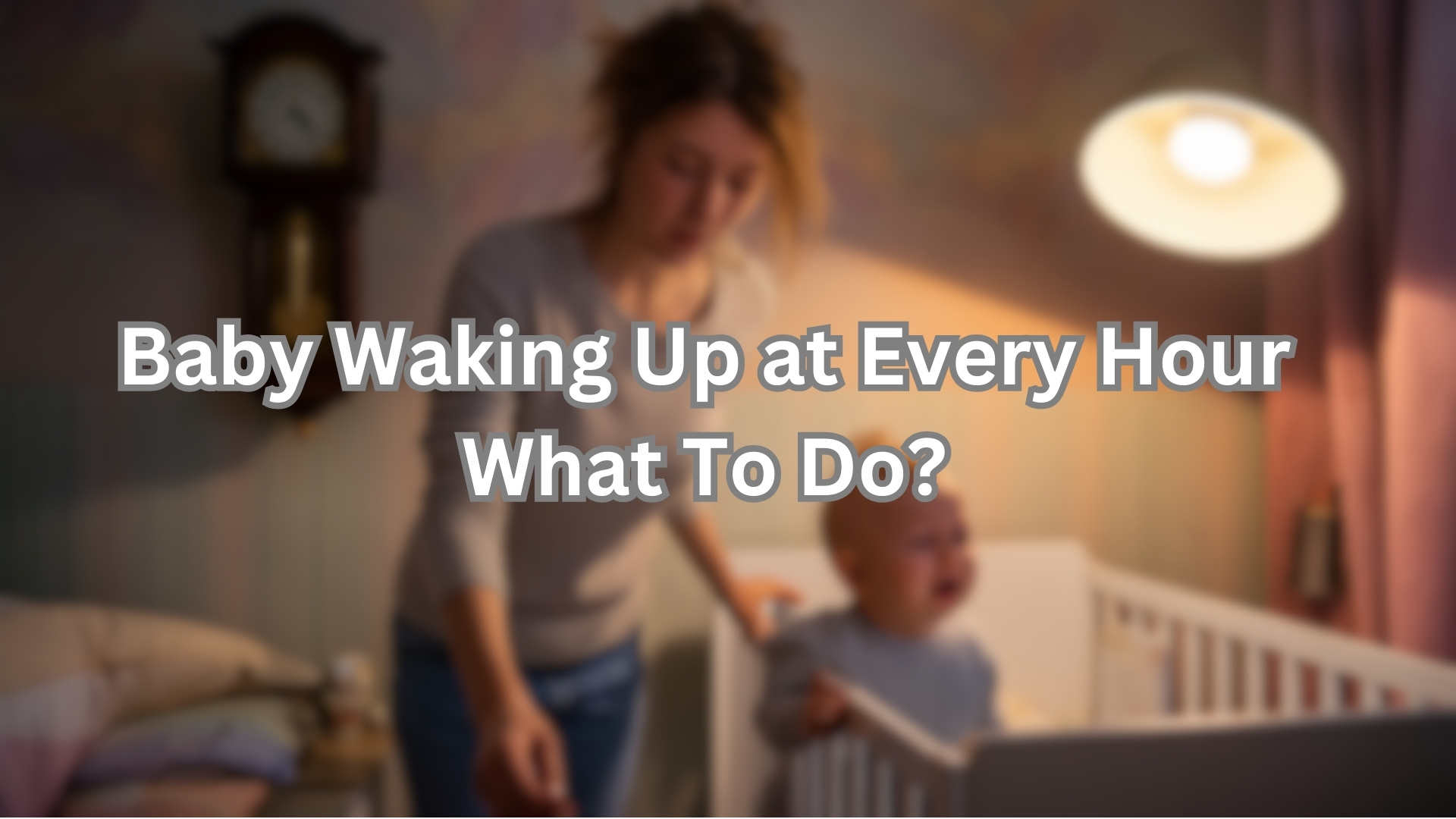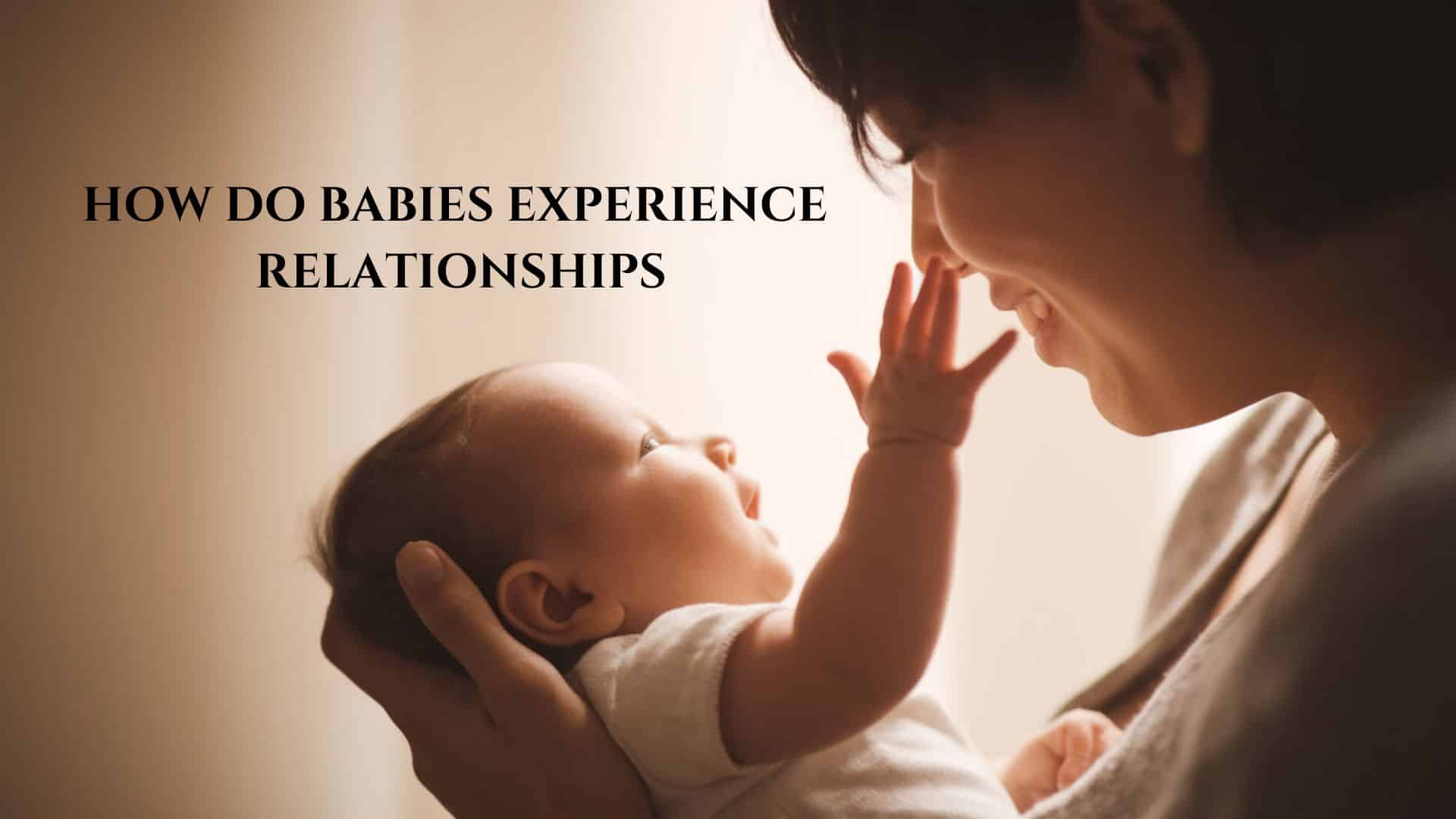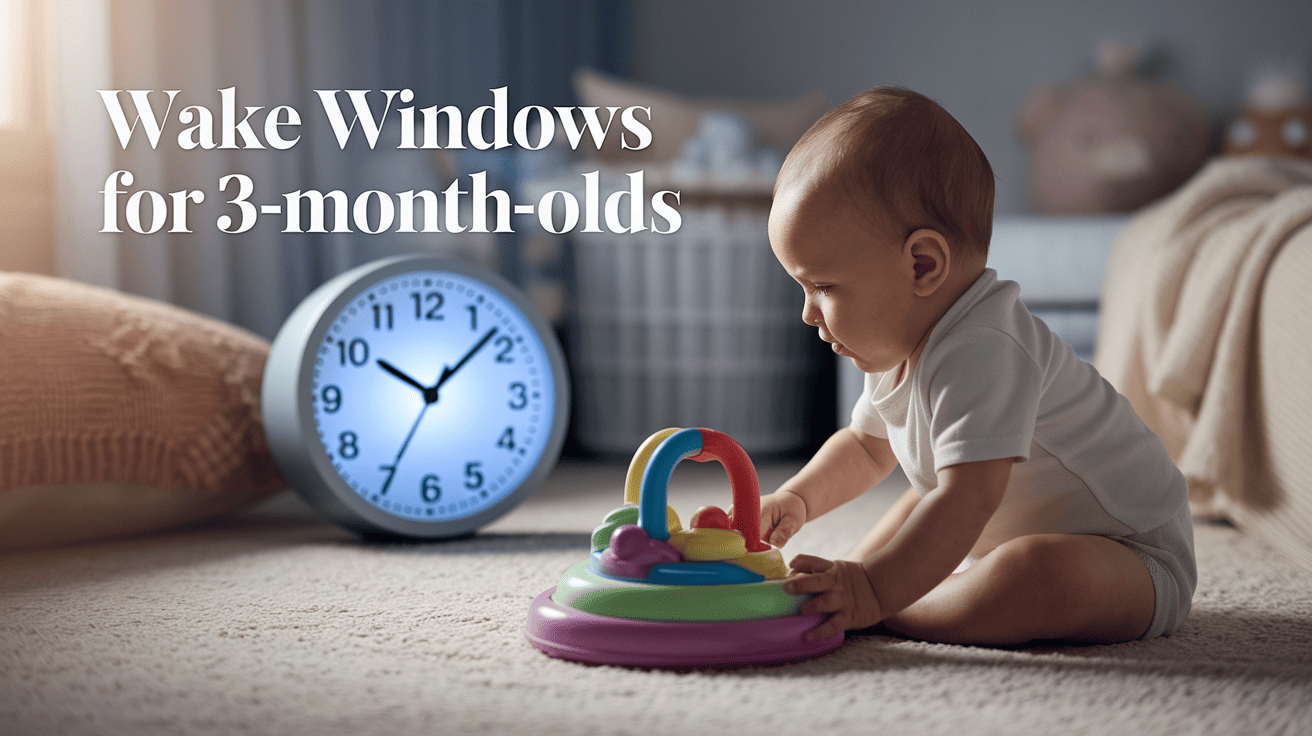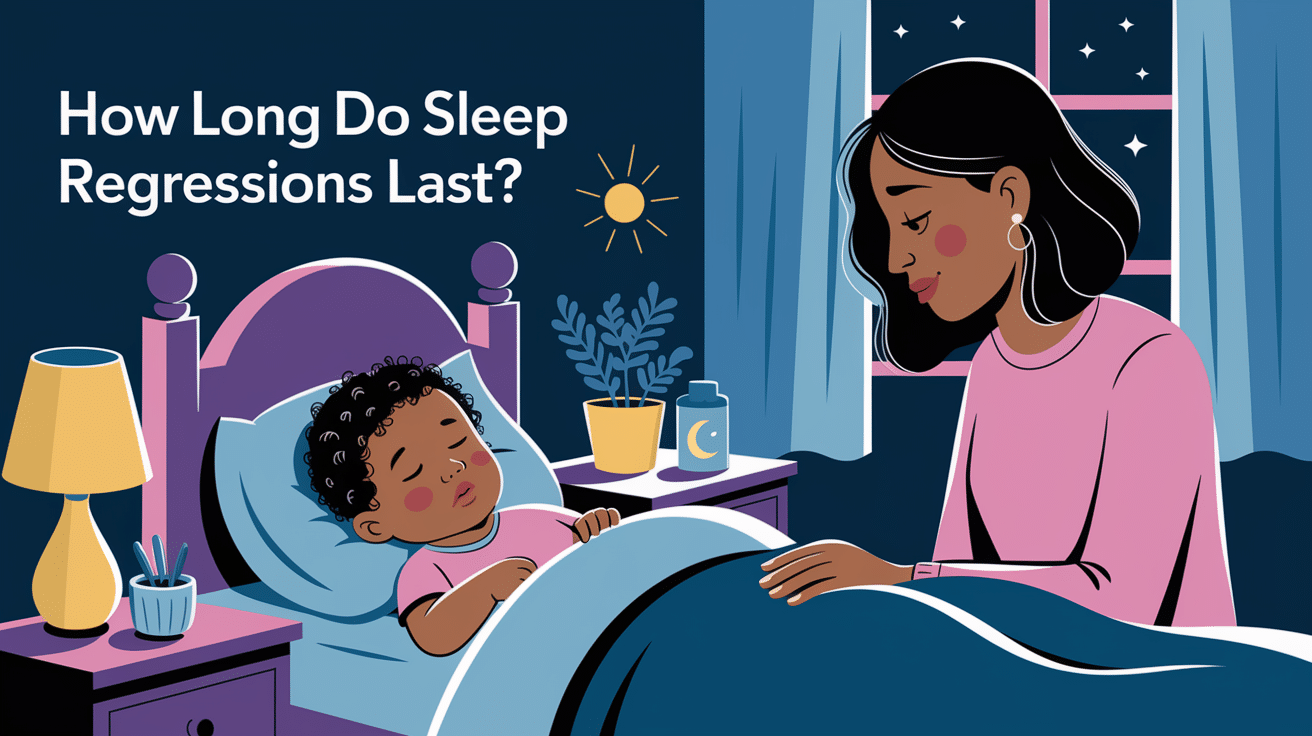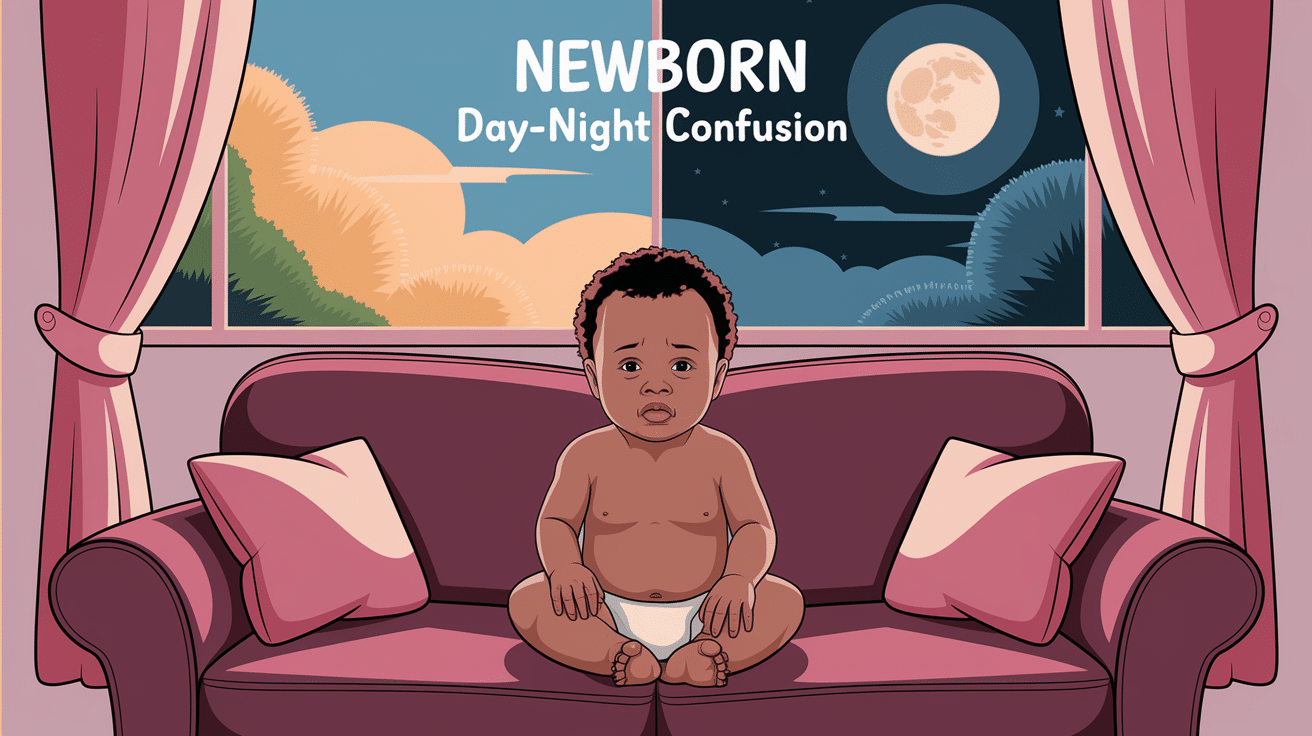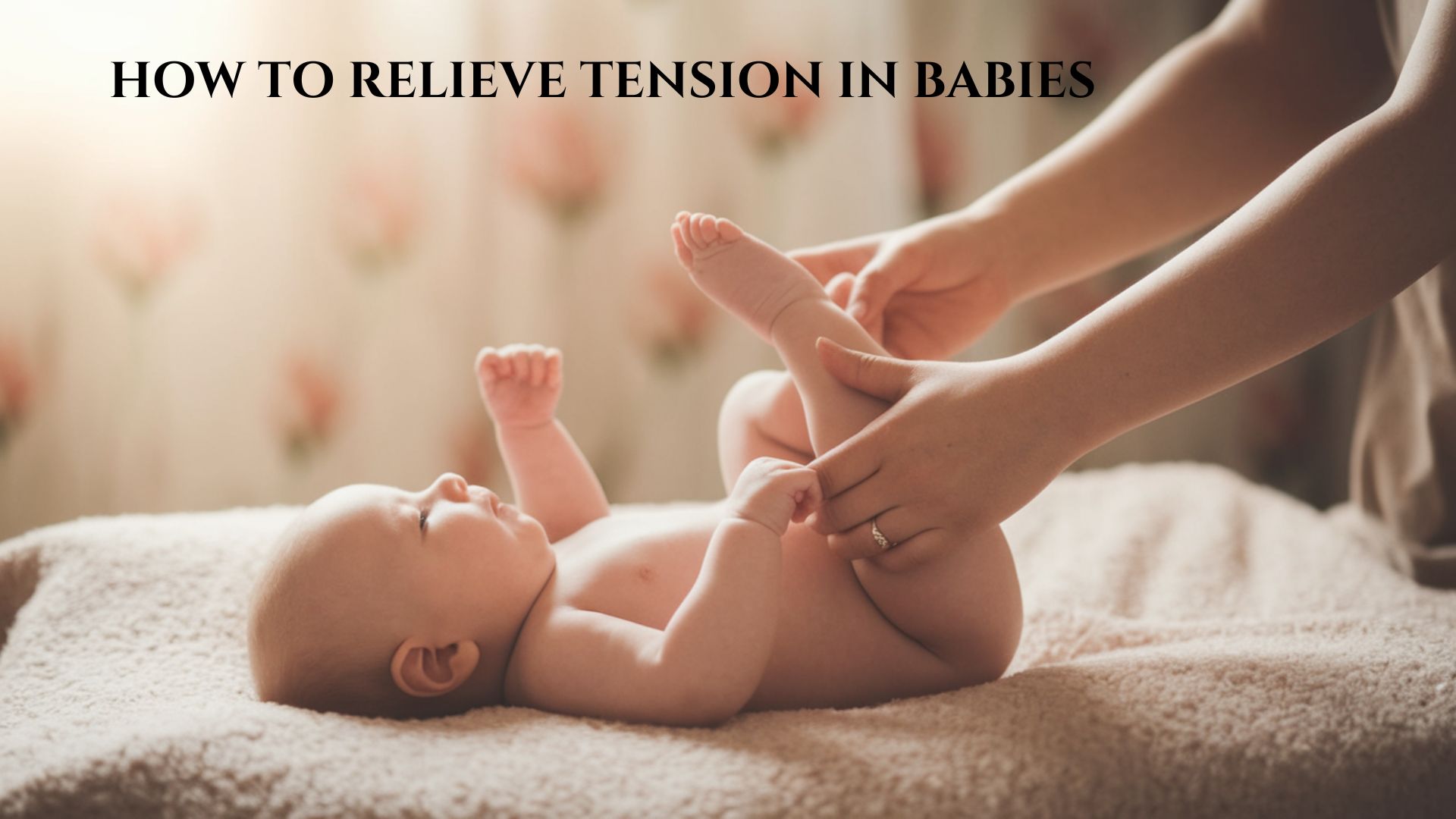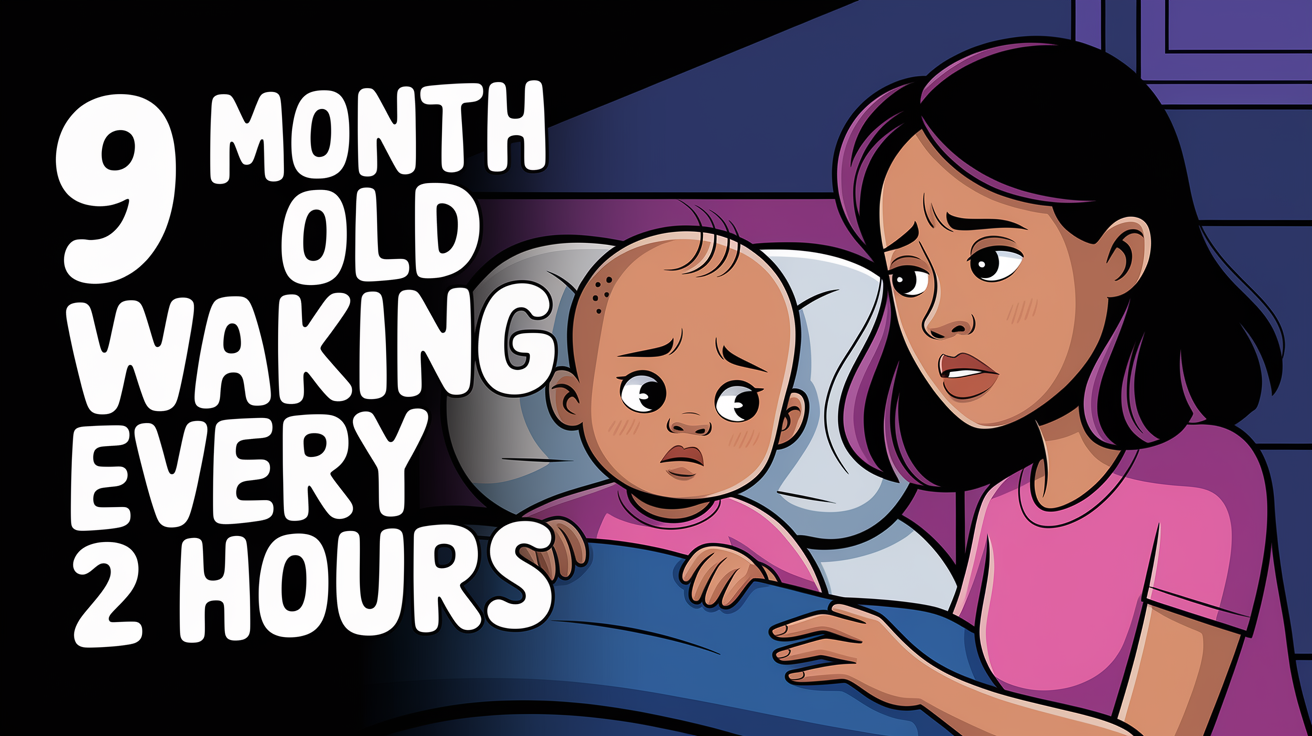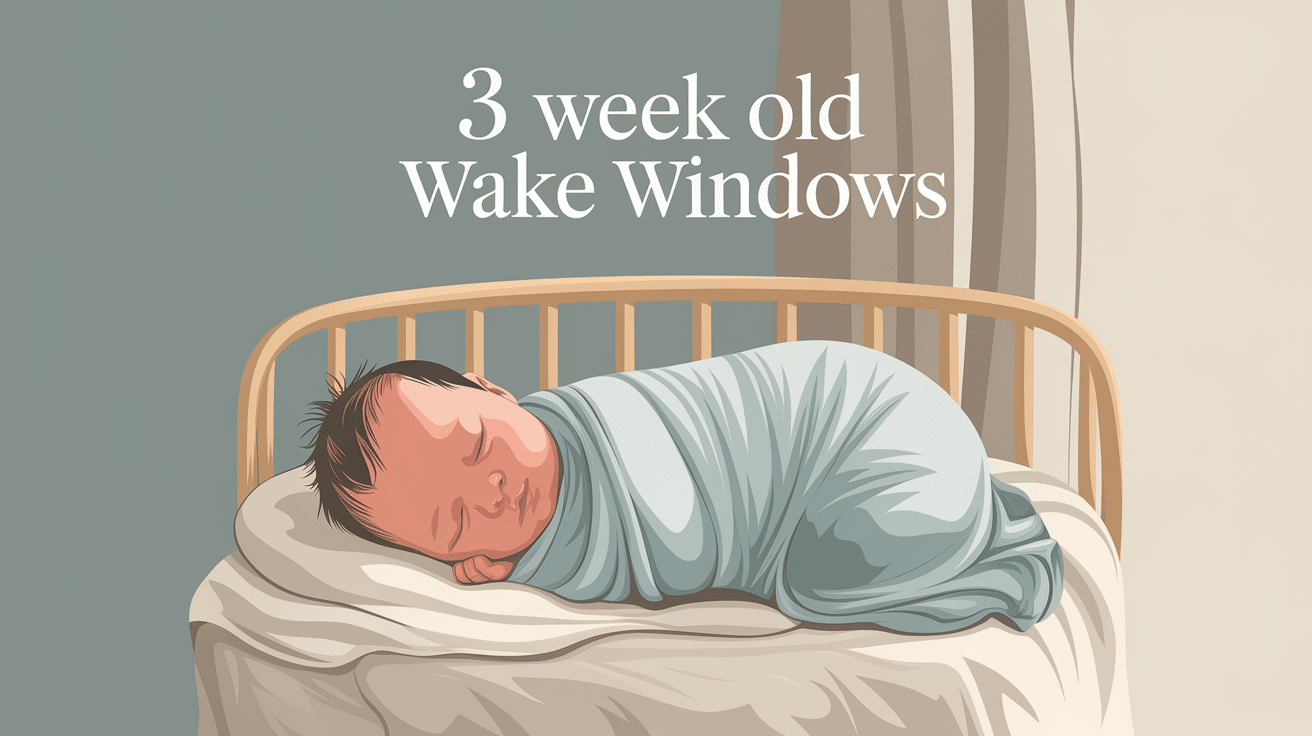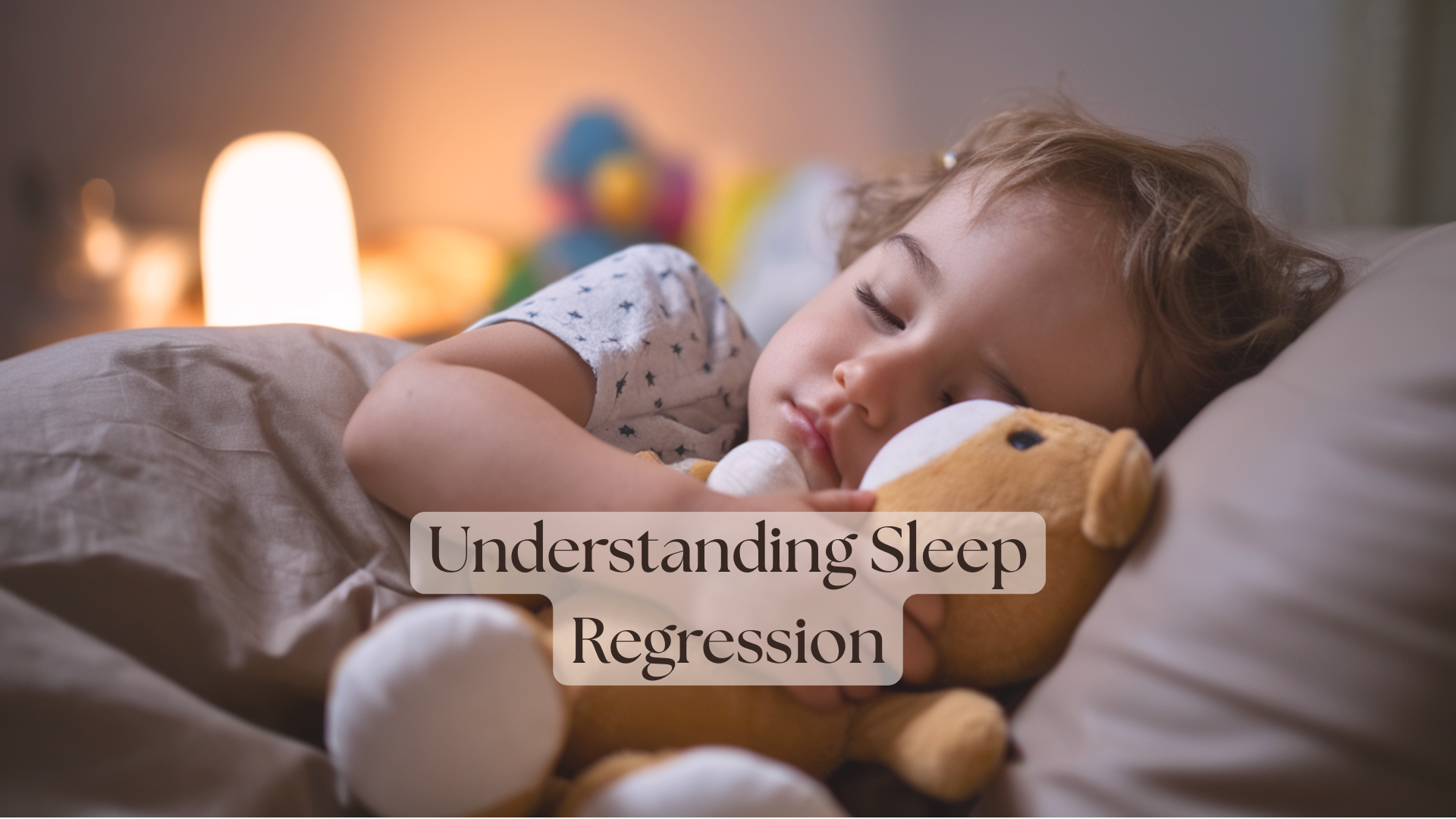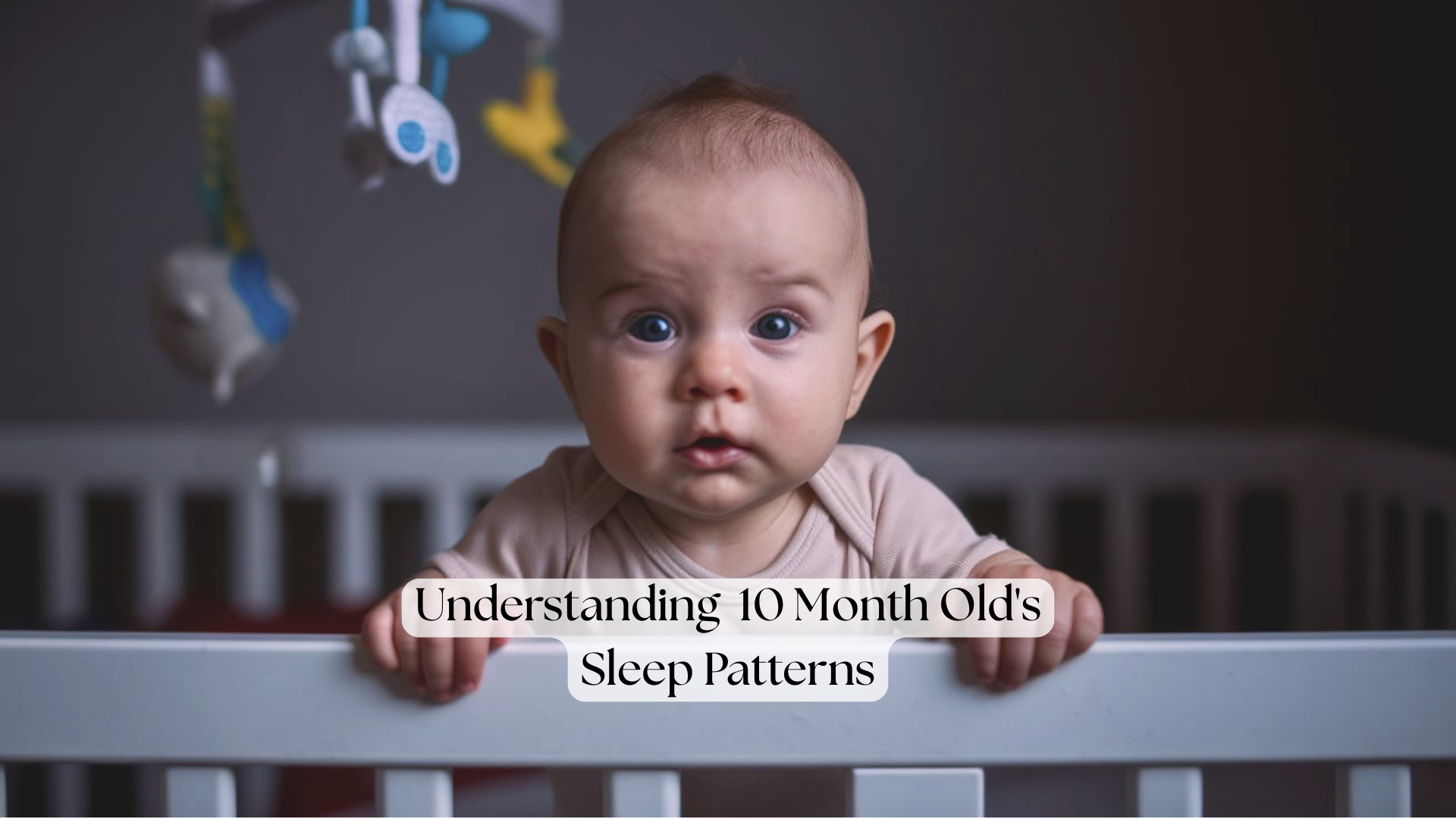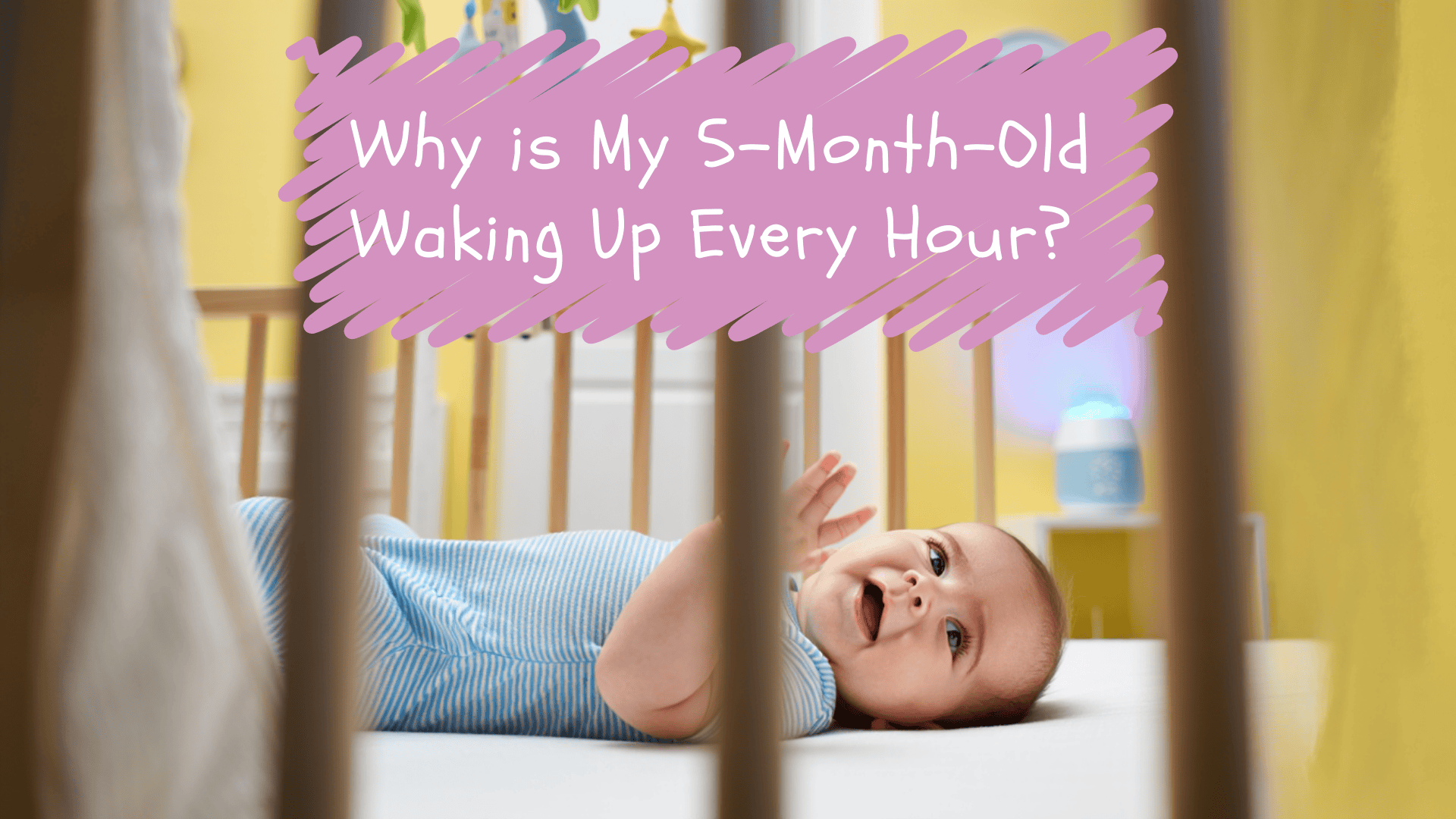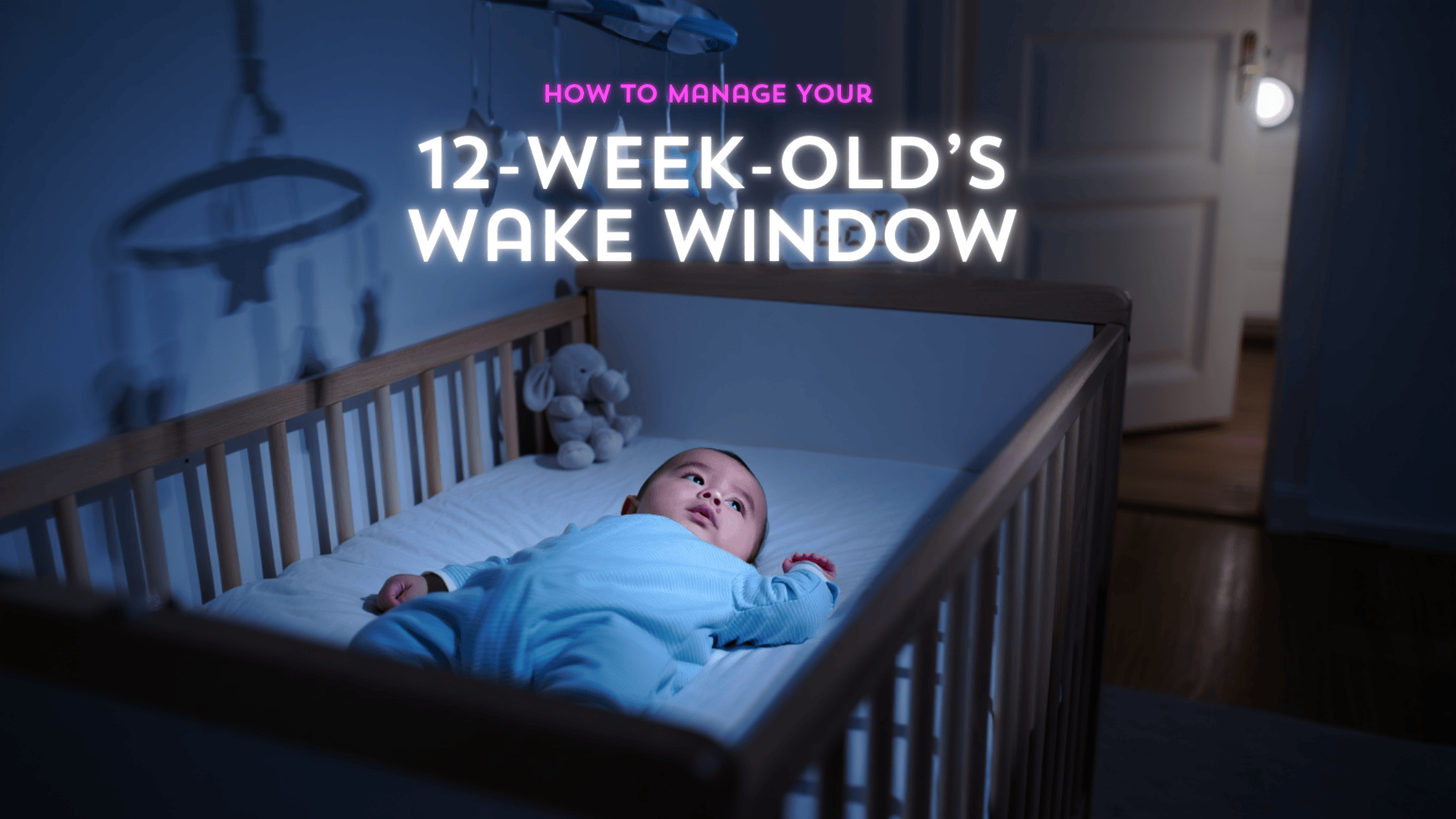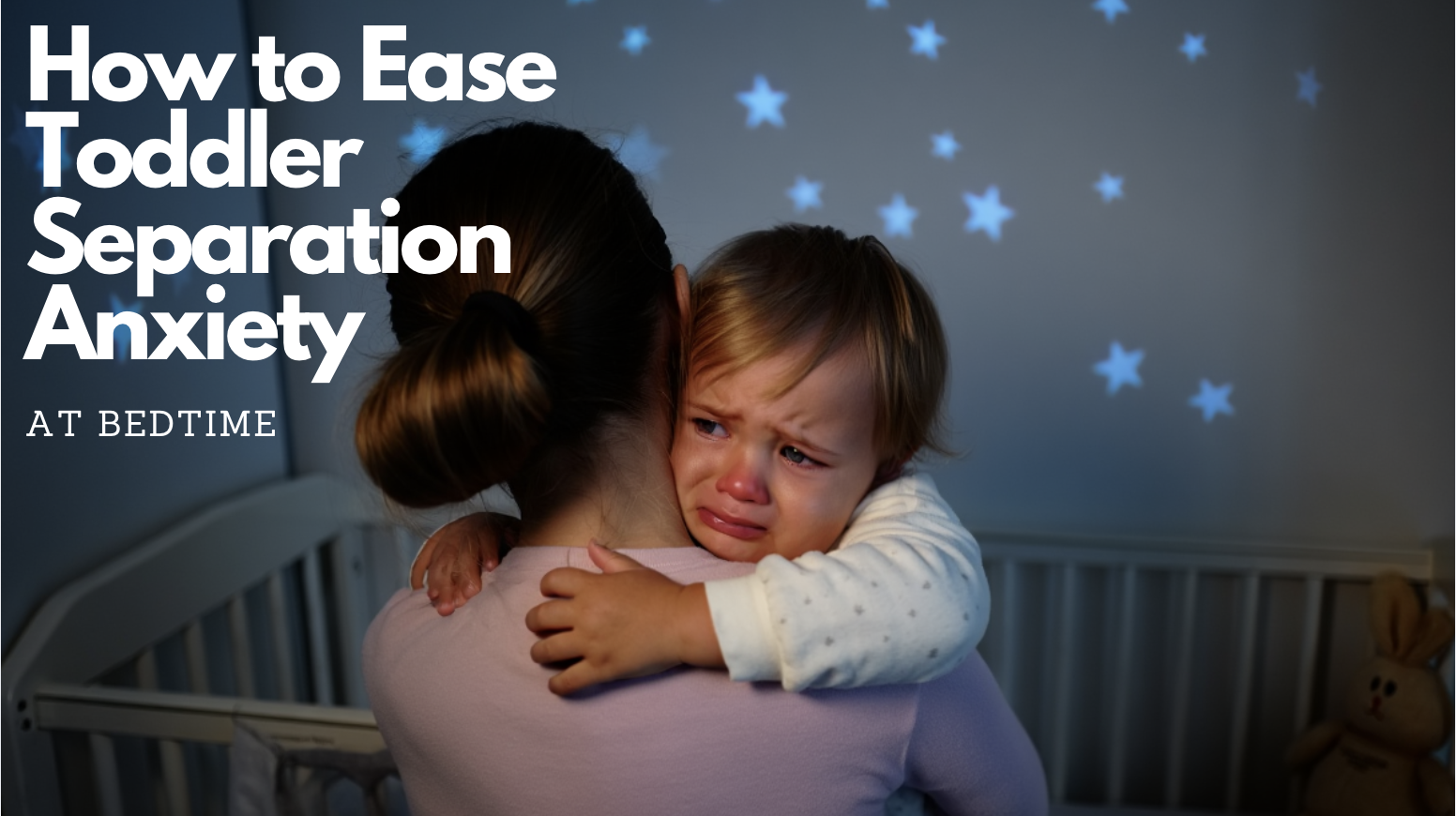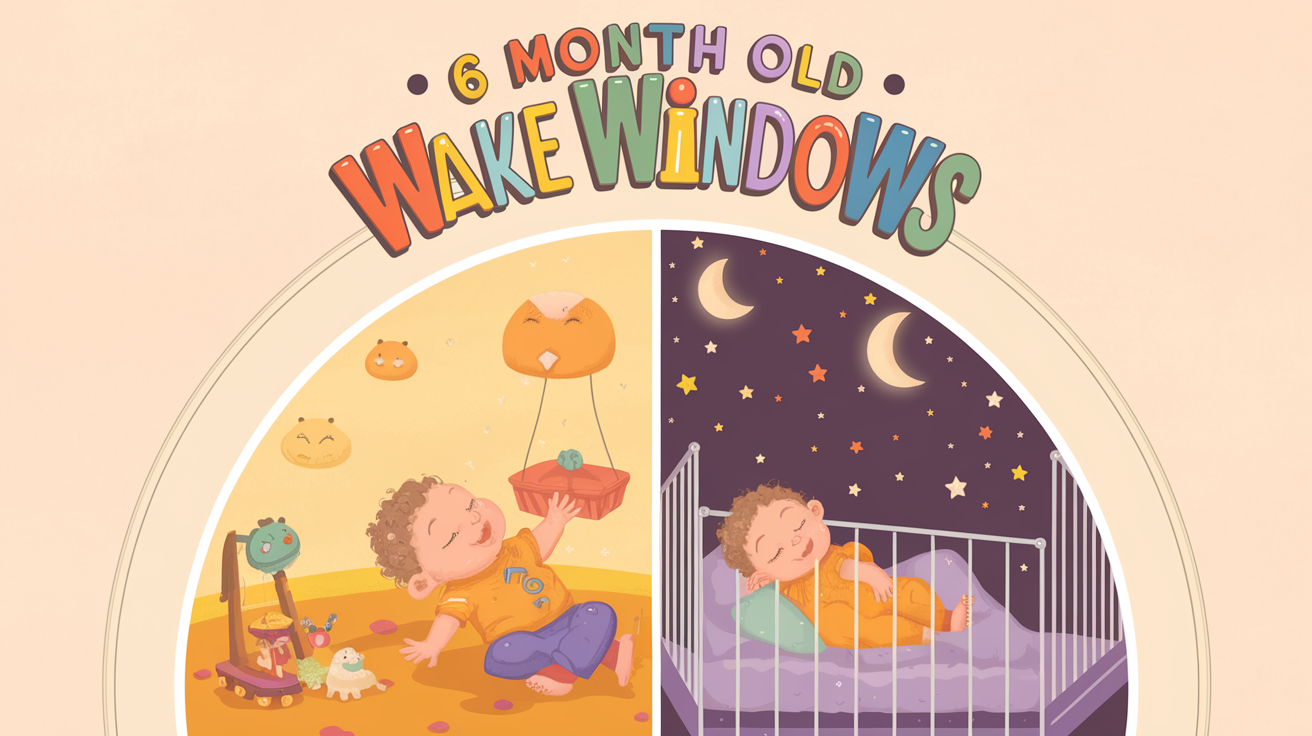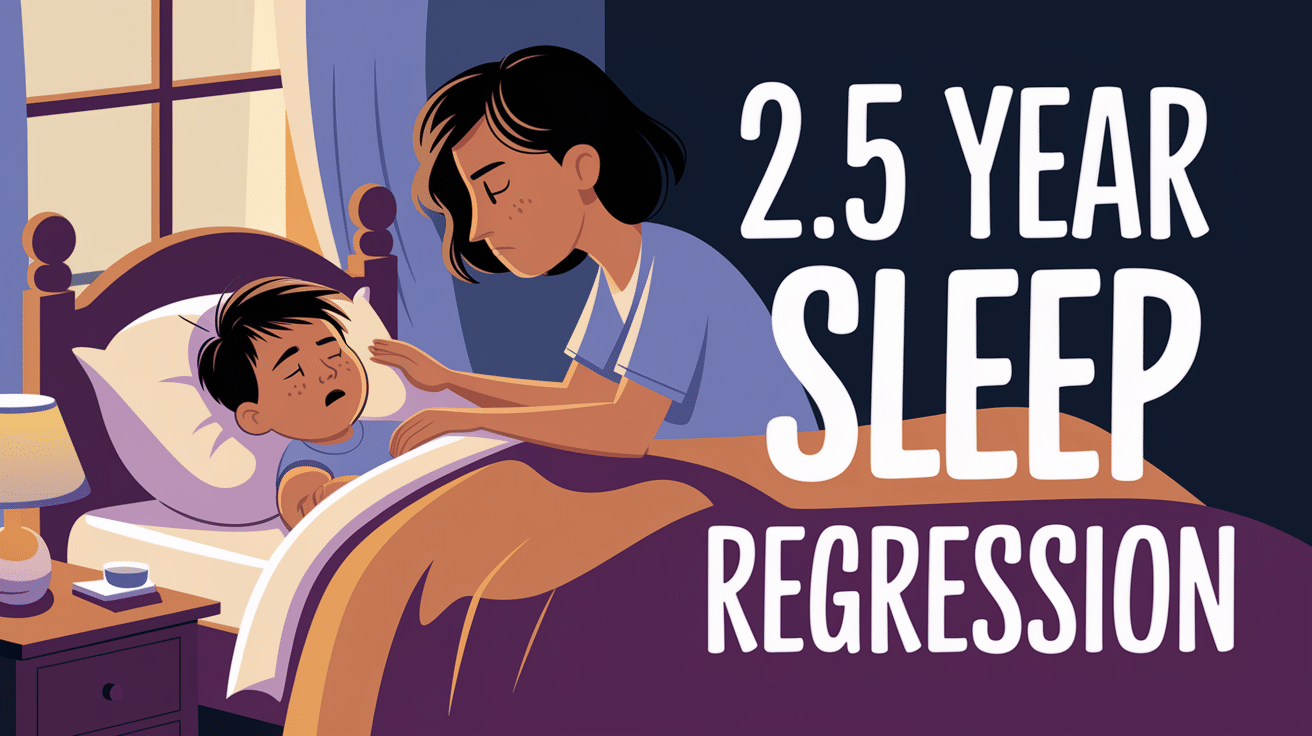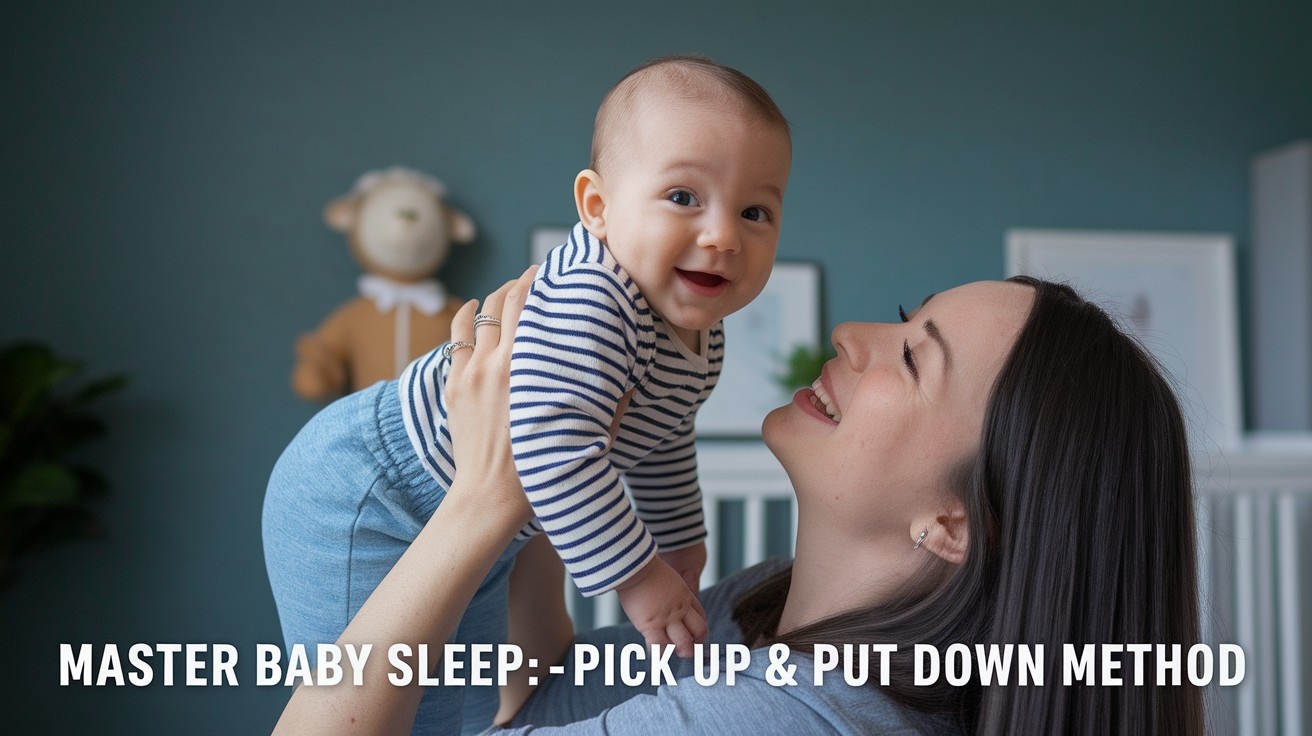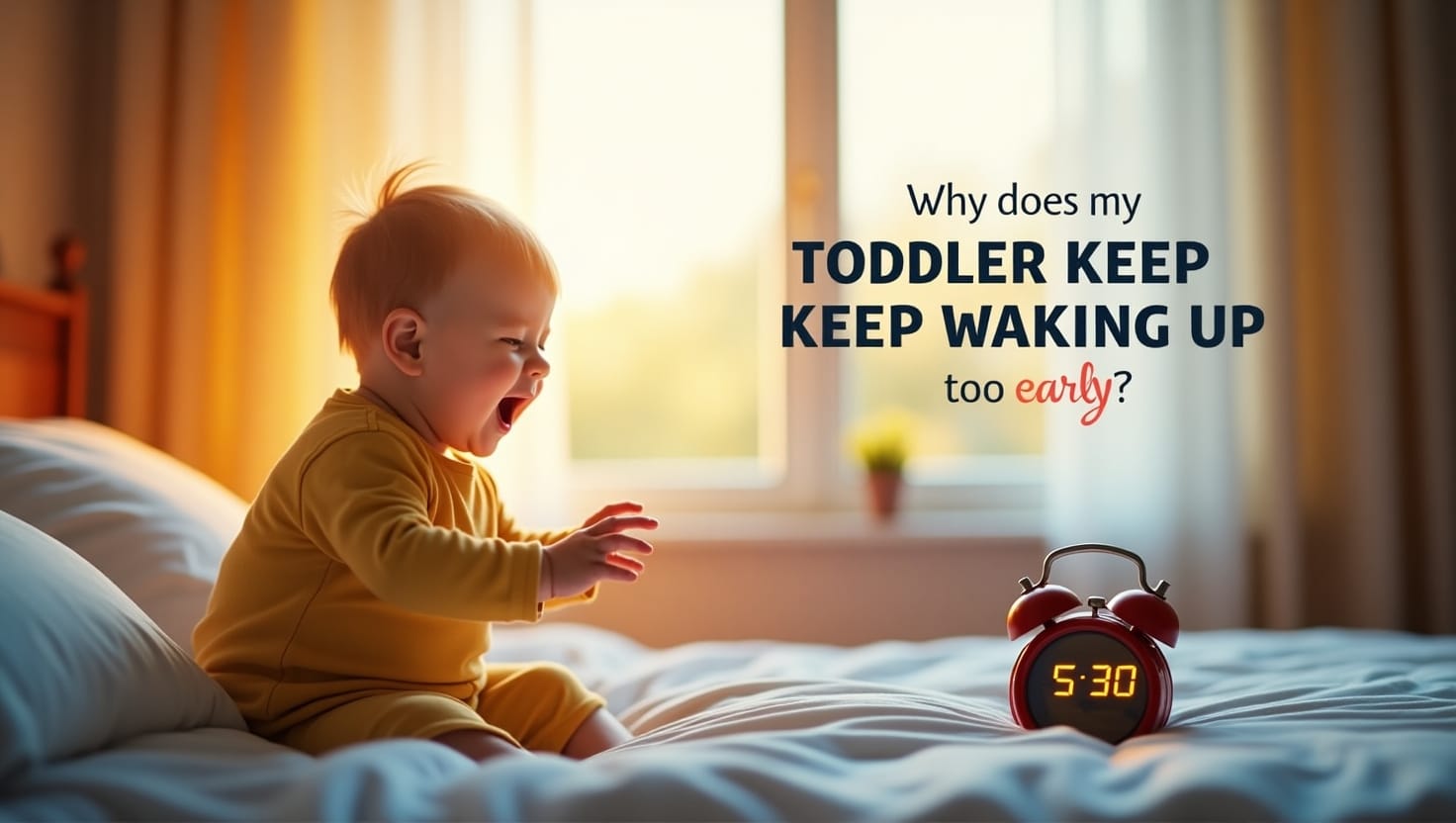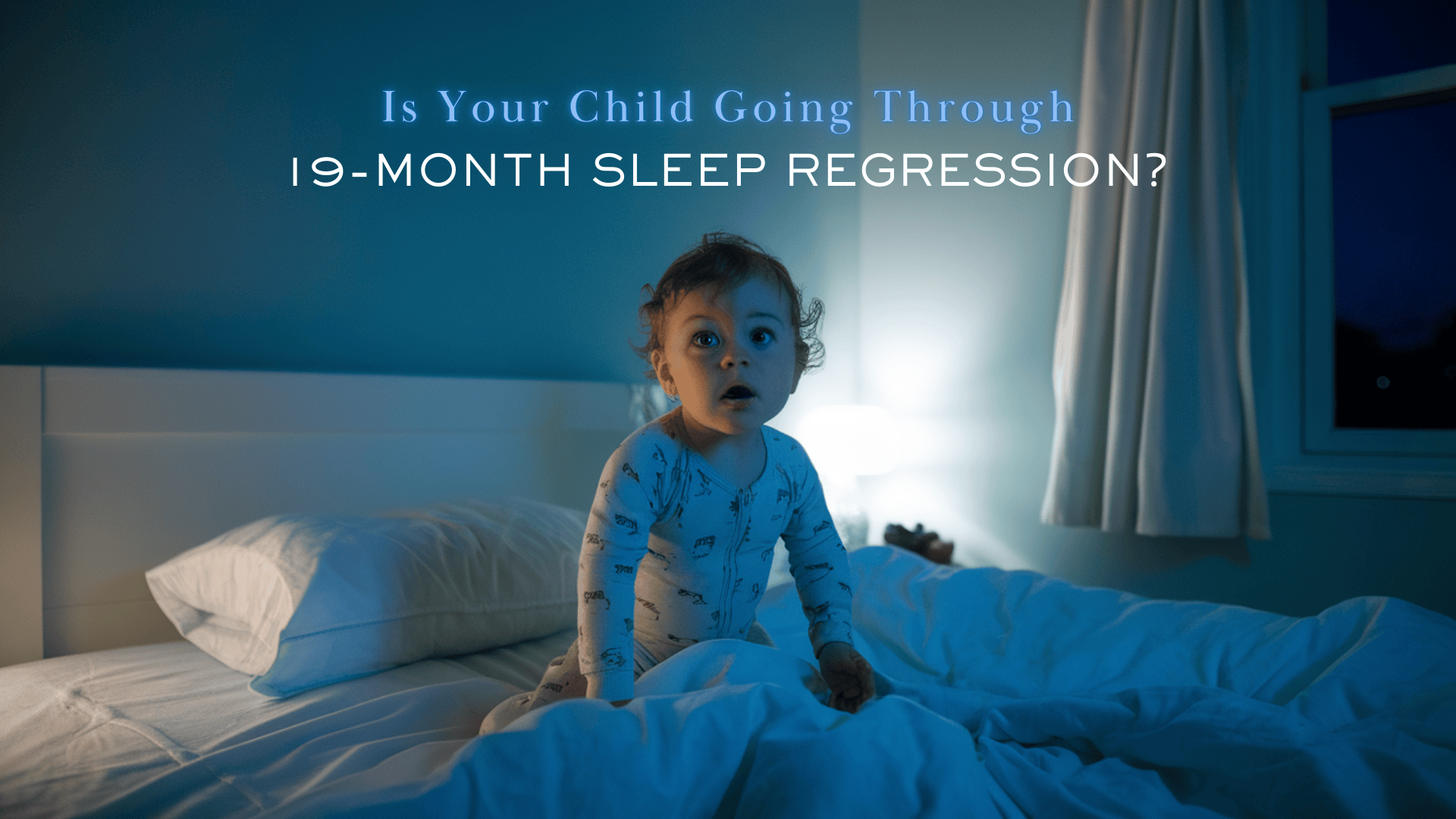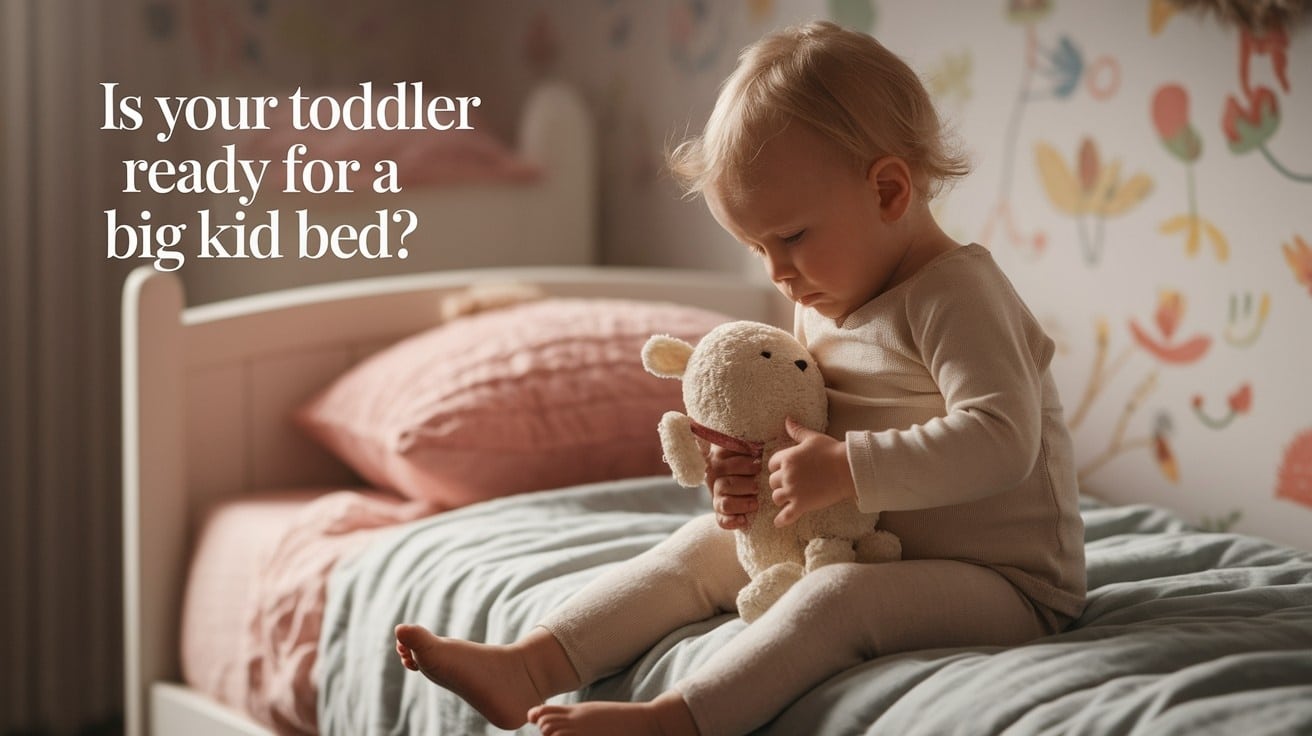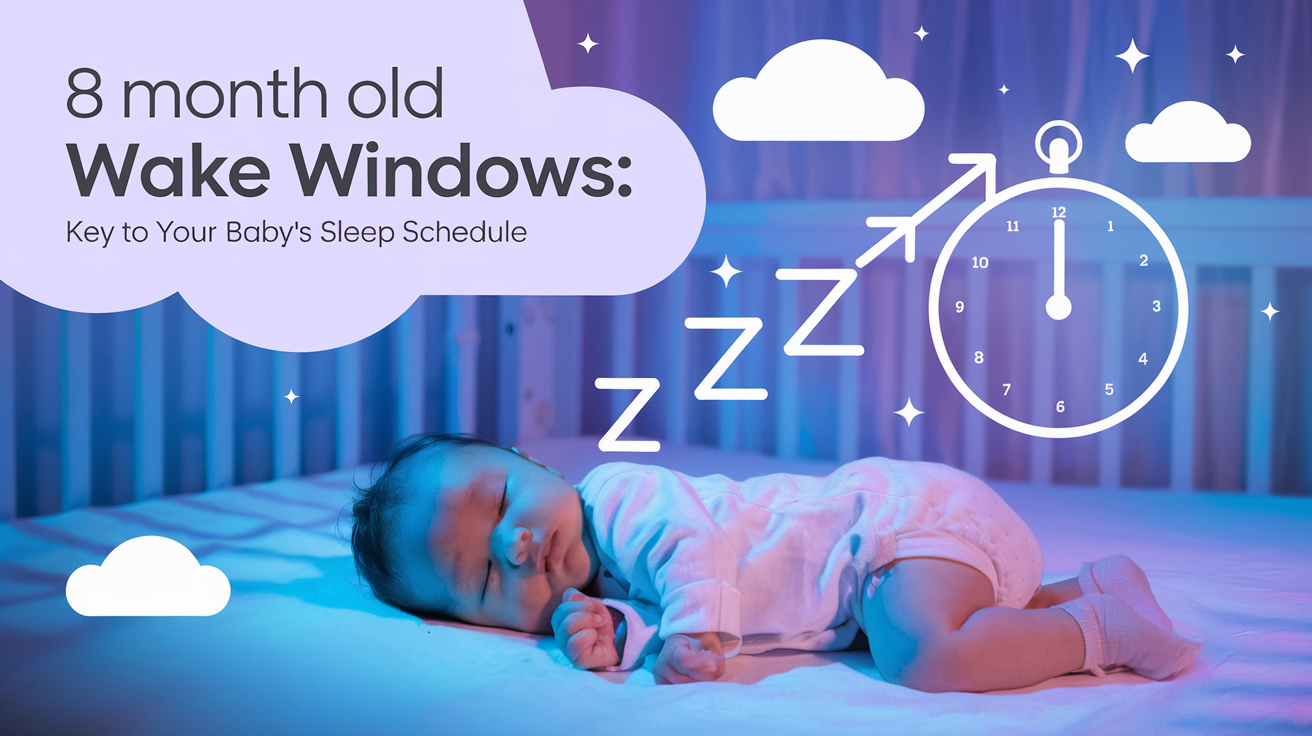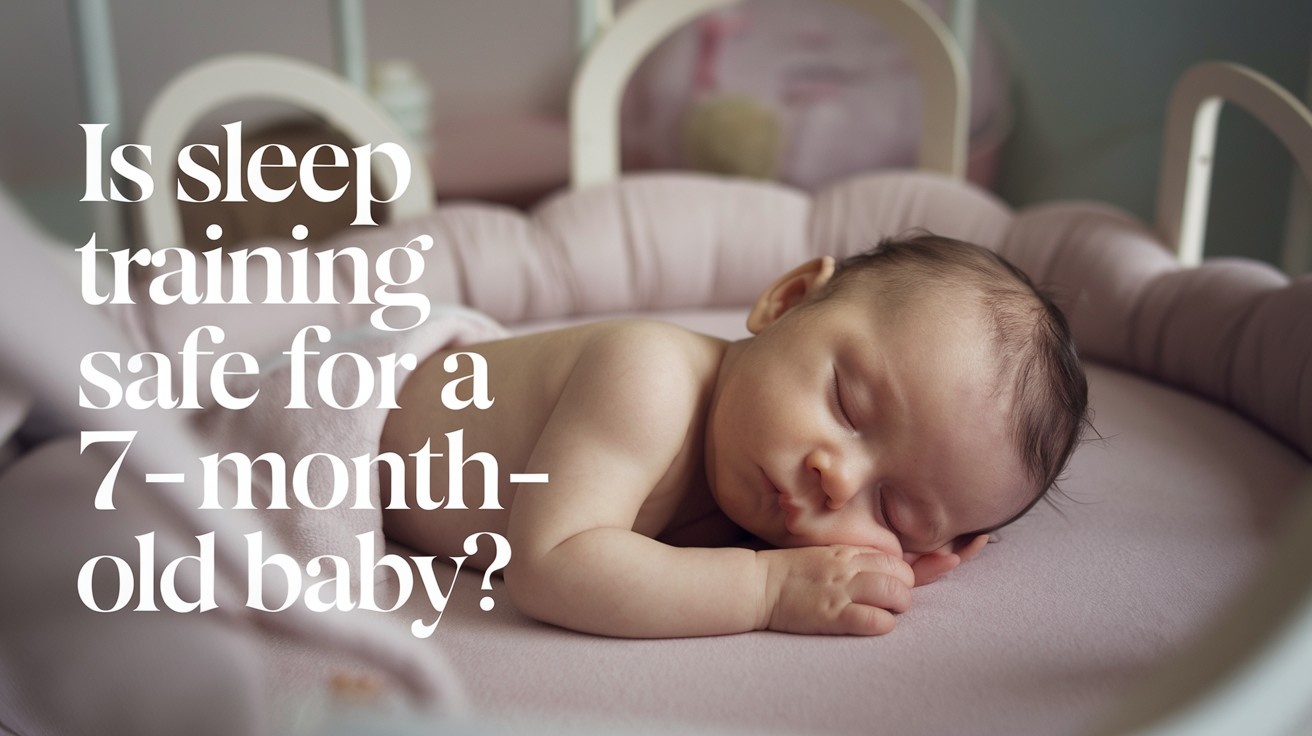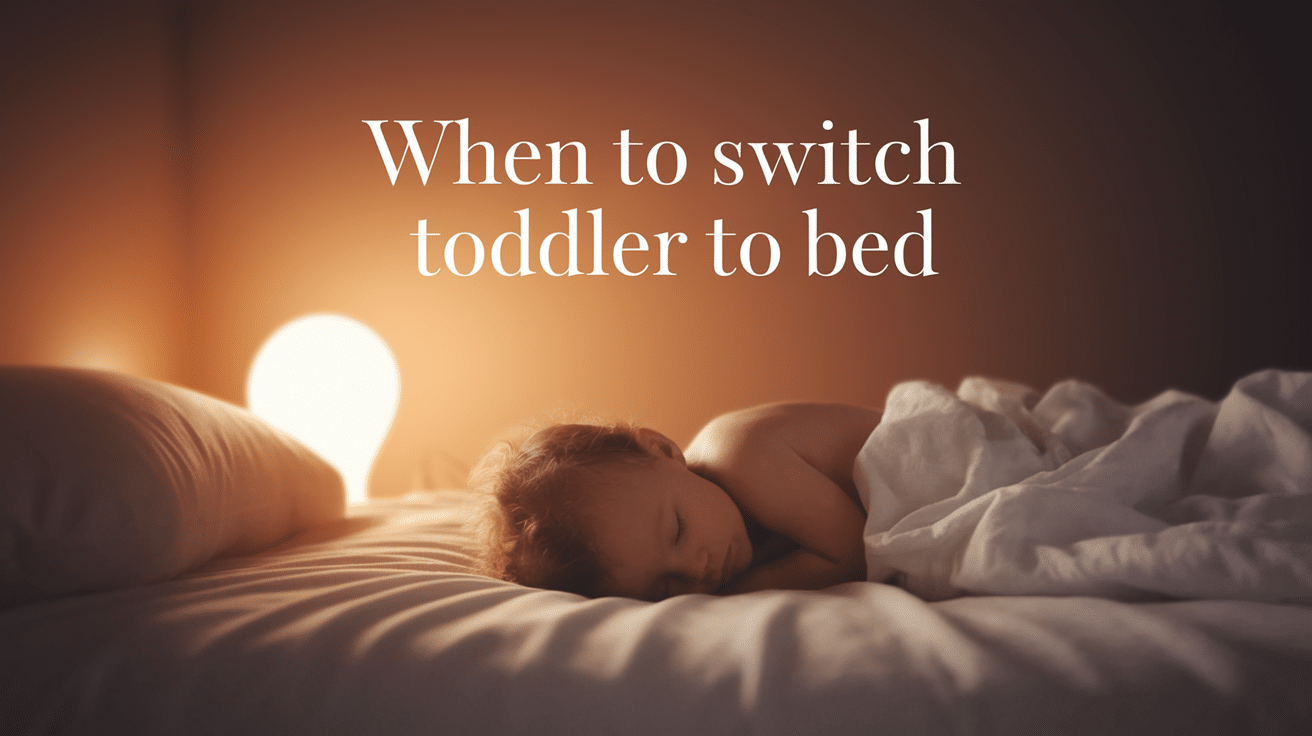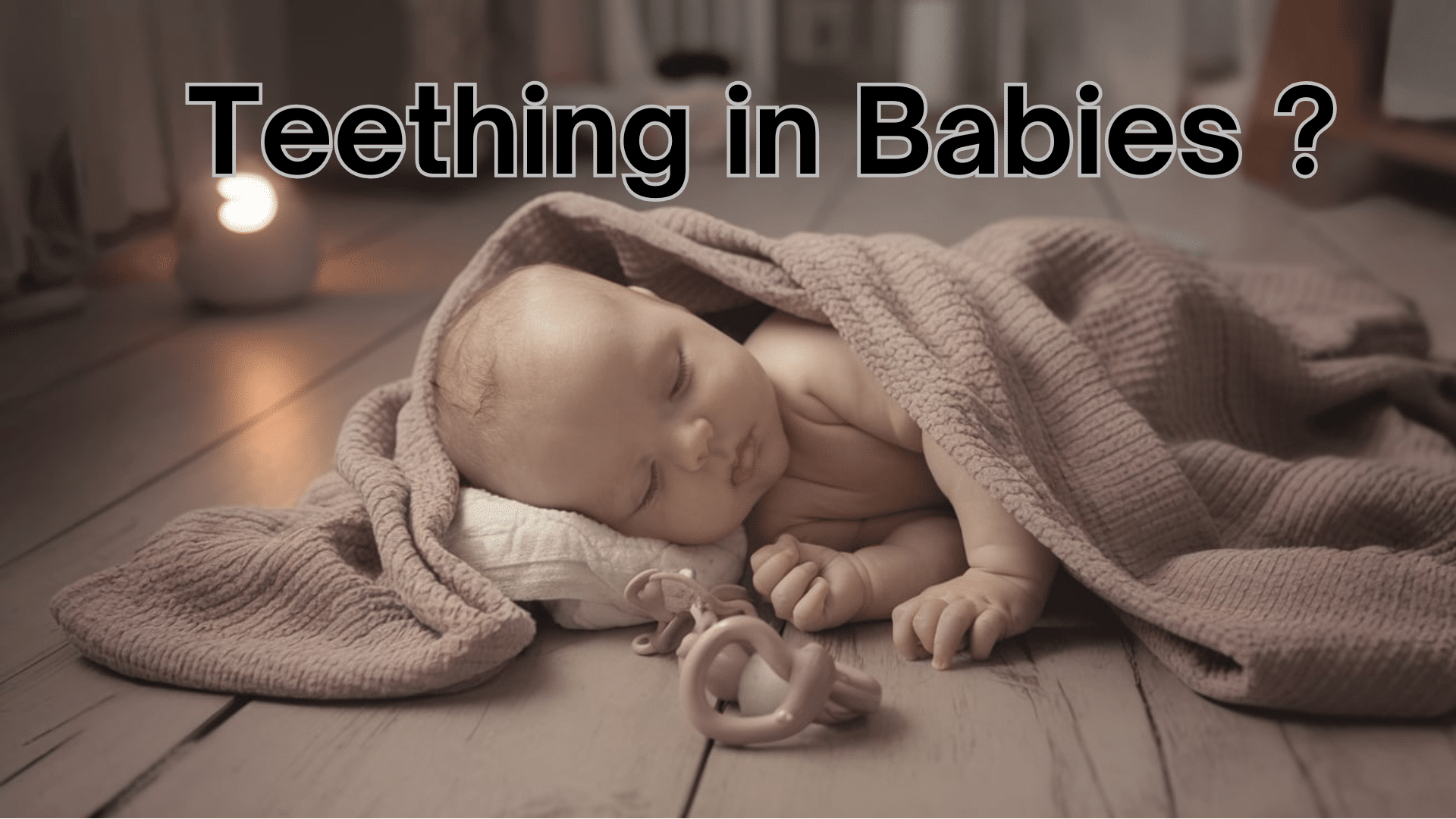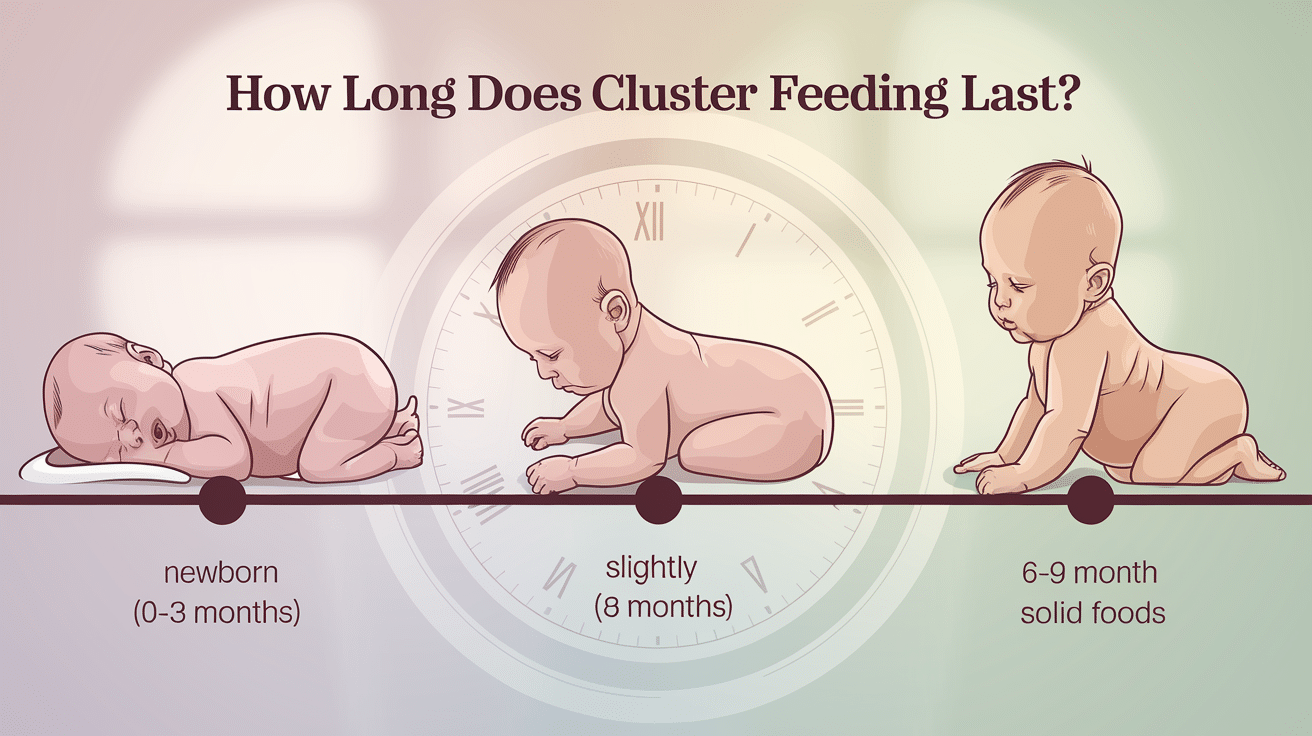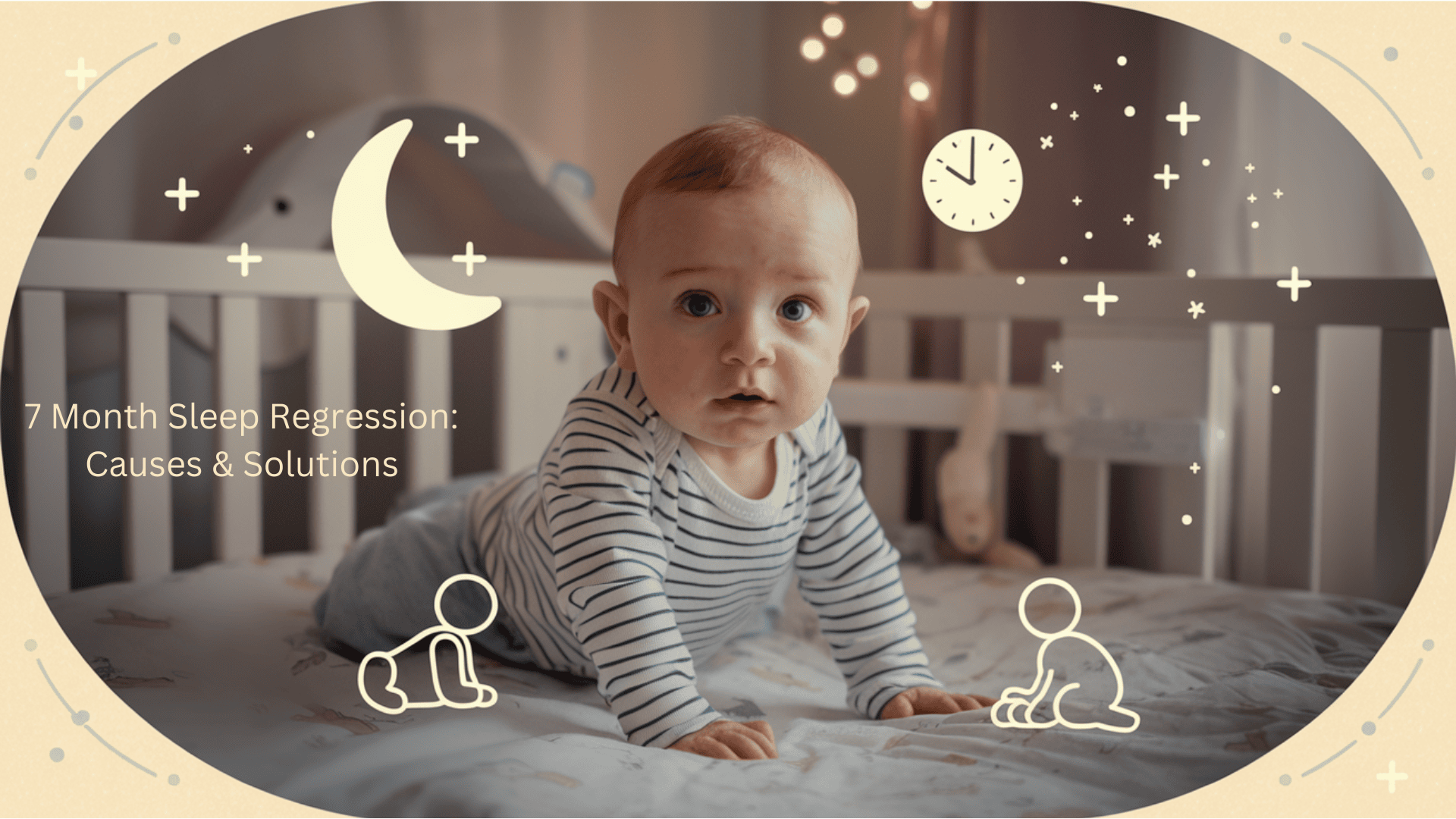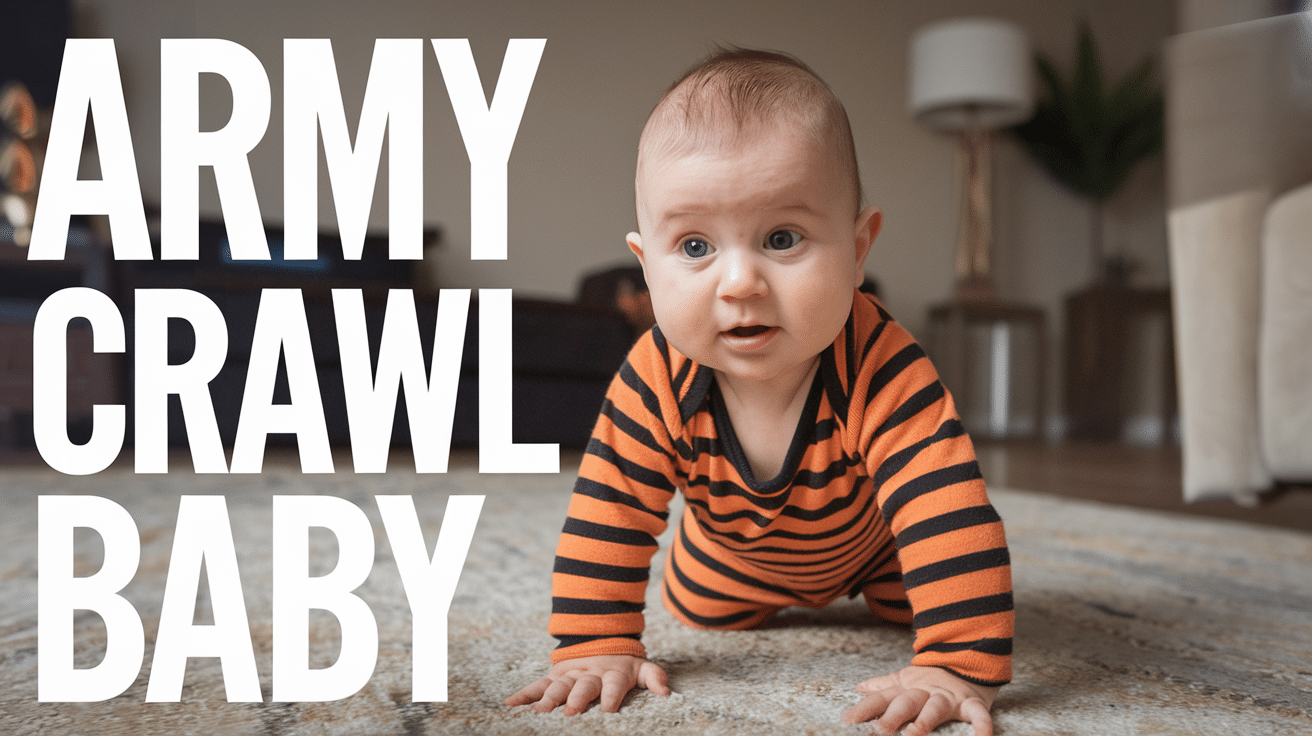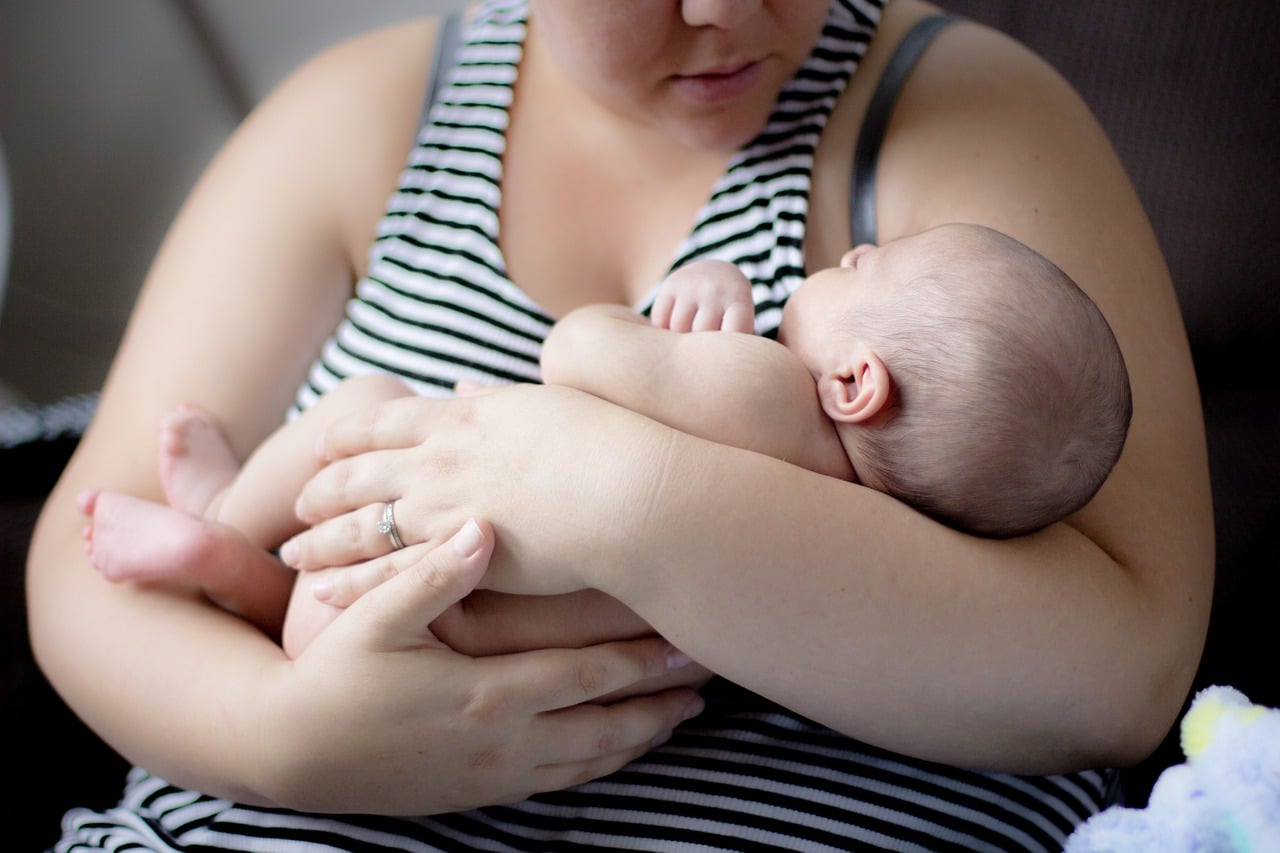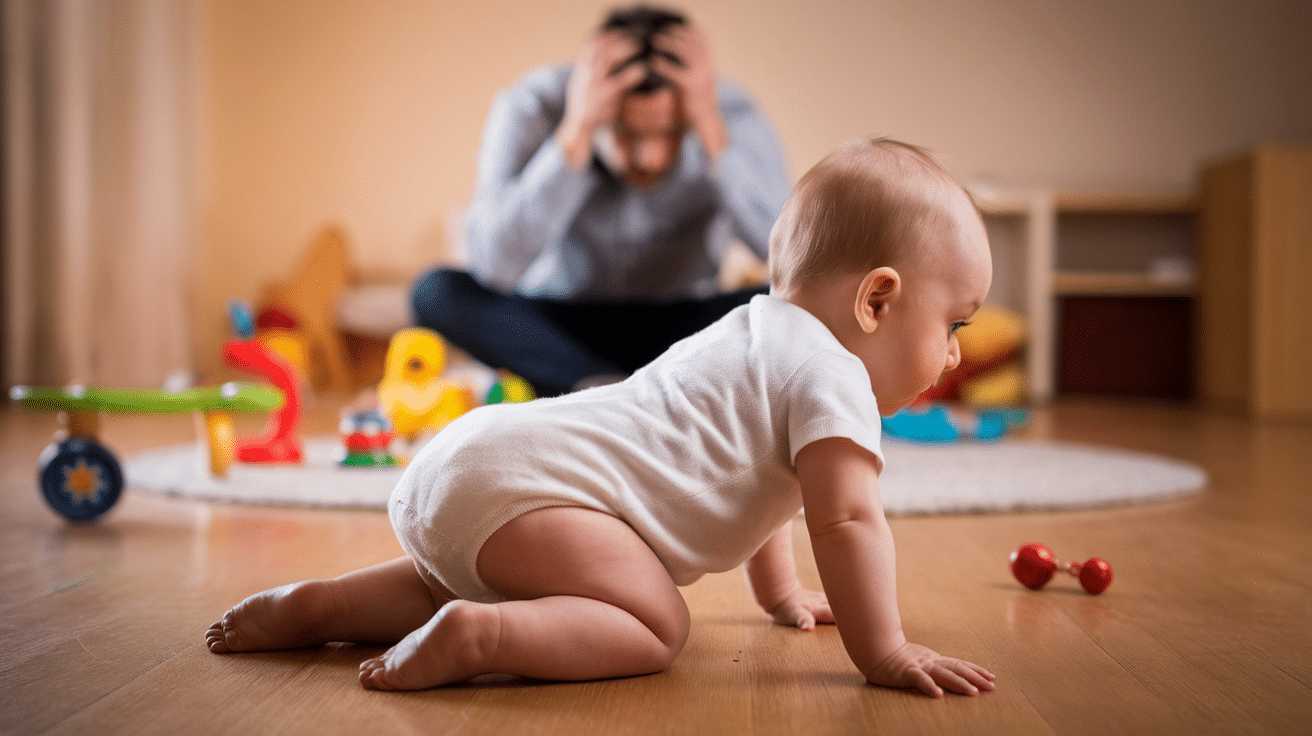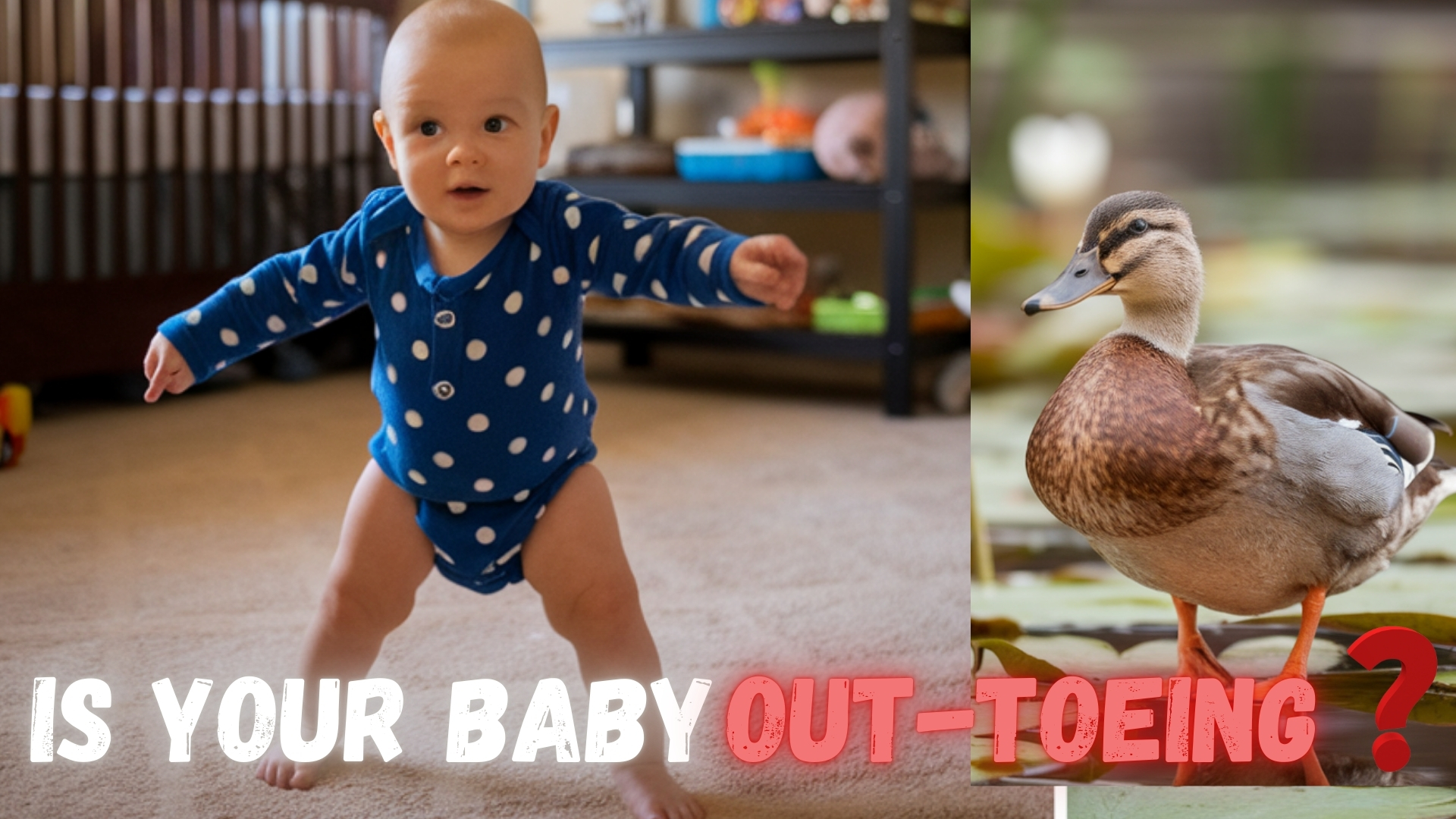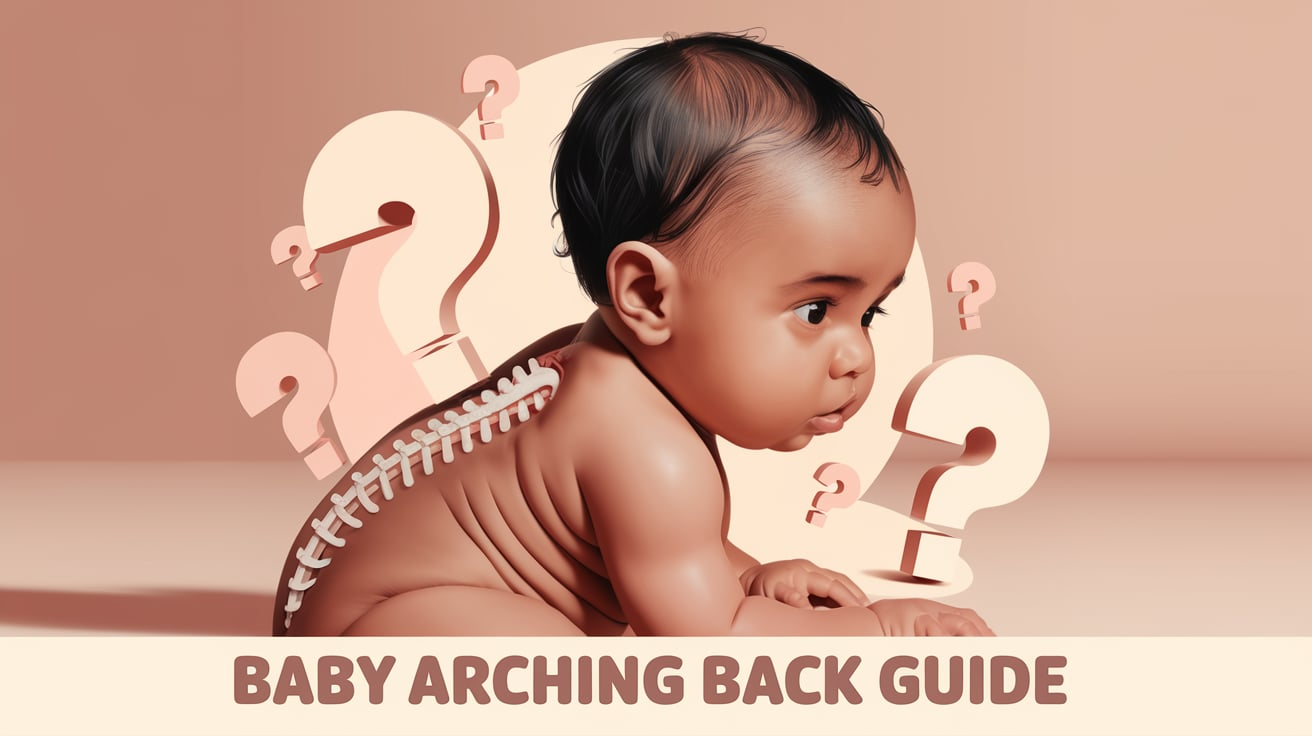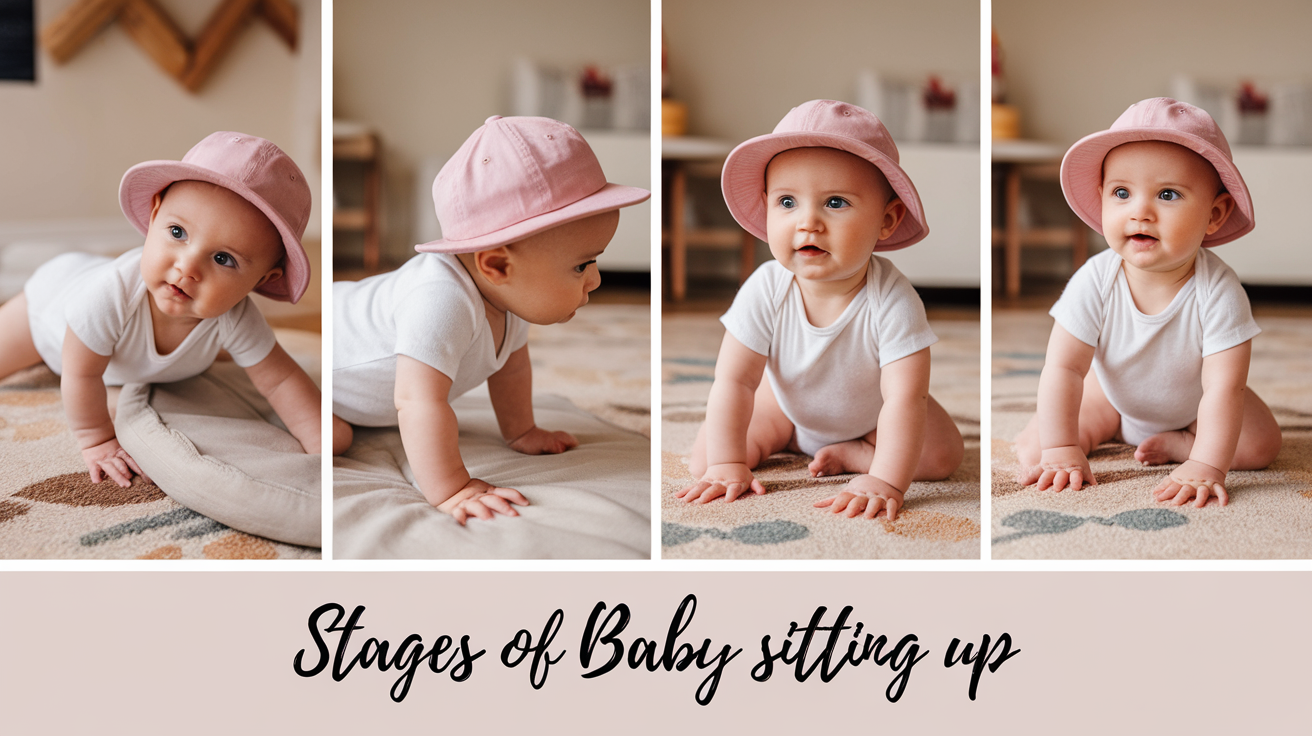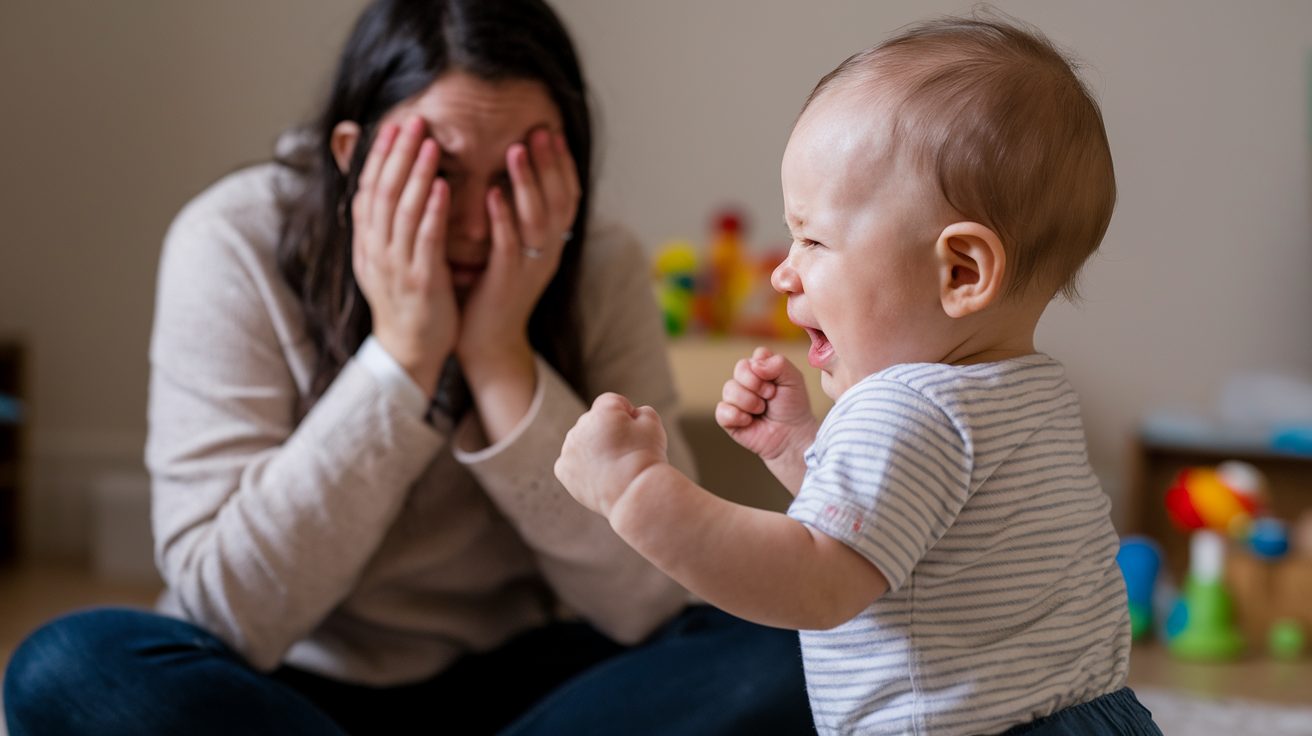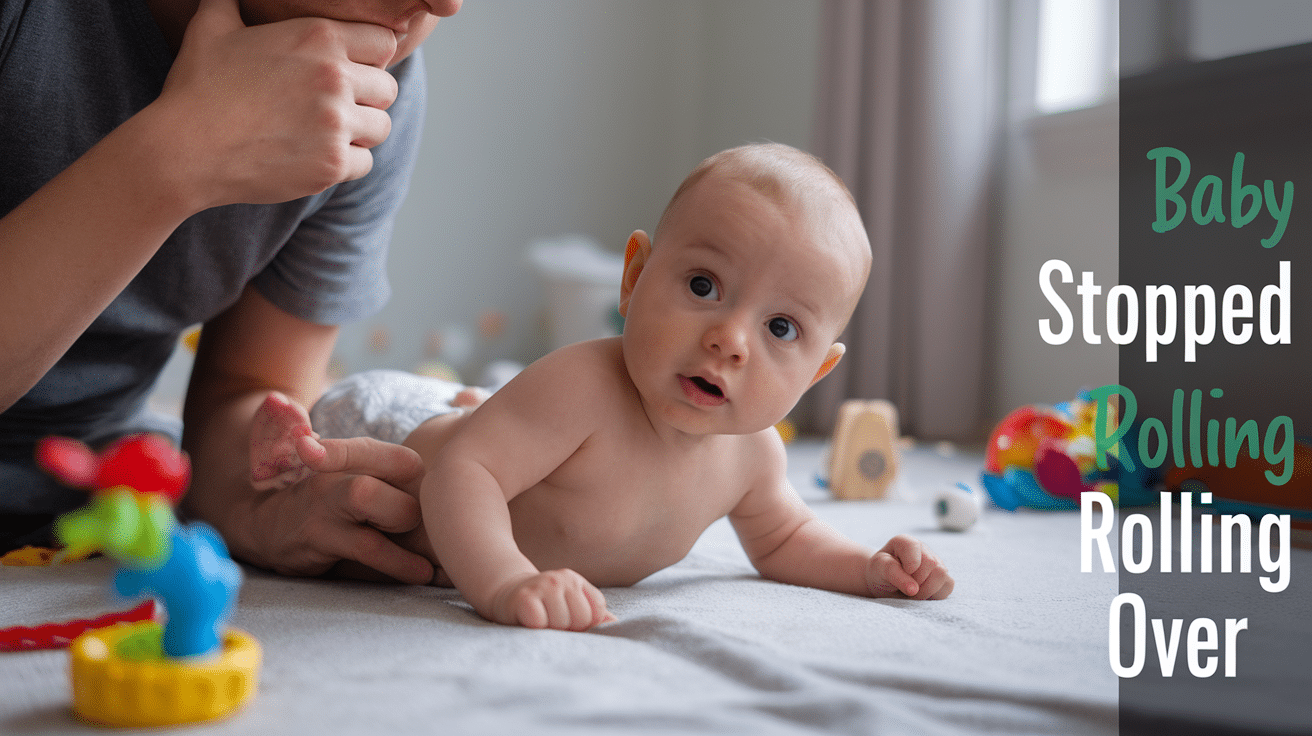
Ever placed your baby in their crib only to be met with heart-wrenching wails? You’re not alone. Studies show that over 30% of parents struggle with babies who cry at bedtime, even after establishing consistent routines.
While those tears might make you question your parenting skills, bedtime crying often stems from biological and developmental factors beyond your control.
From overtiredness that paradoxically makes sleep harder to separation anxiety that peaks at predictable ages, understanding why your baby cries can change your approach to bedtime.
The good news? Most sleep challenges are temporary phases with practical solutions that don’t require letting your baby “cry it out” or following rigid sleep training methods.
What Are Baby Sleep Patterns?
Babies’ sleep patterns evolve dramatically during their first year of life. Newborns typically sleep 14-17 hours per day but in short increments of 2-3 hours, distributed somewhat evenly throughout the day and night.
This fragmented pattern reflects their small stomachs and frequent feeding needs. By 3-4 months, many infants begin developing a more organized sleep-wake rhythm as their circadian clock matures.
Total sleep decreases slightly to 12-15 hours, with longer nighttime stretches becoming possible as babies can physically go longer between feedings.
Between 6 and 12 months, most babies consolidate their sleep further, ideally achieving 9-12 hours at night plus 2-3 hours of daytime naps.
However, this progression isn’t linear—developmental milestones, teething, and separation anxiety can all temporarily disrupt established sleep patterns.
The Transition from Alertness to Sleep
Unlike adults, who generally transition directly from wakefulness to sleep, babies move through distinct behavioral states. A typical progression includes:
- Quiet alertness: The baby is calm, attentive, and engaged with their surroundings.
- Active alertness: The baby becomes more animated, with increased movement and vocal sounds.
- Fussiness: The baby shows signs of fatigue through crying, rubbing eyes, or becoming irritable.
- Drowsiness: The baby’s movements slow, eyelids become heavy, and responsiveness decreases.
- Light sleep: The baby may still have facial movements, fluttering eyelids, and irregular breathing.
- Deep sleep: The baby becomes still, with regular breathing and minimal responses to external stimuli.
Understanding these transitions helps parents identify the optimal “drowsy but awake” window for placing babies in their cribs, supporting their development of self-soothing skills.
Sleep Cycles and How They Affect Babies

Baby sleep cycles differ significantly from adult patterns. While adults typically complete a sleep cycle in 90-110 minutes, infant cycles last only 50-60 minutes. Each cycle contains periods of active sleep (similar to adult REM sleep) and quiet sleep (similar to deep sleep).
Newborns spend approximately 50% of their sleep time in active sleep, characterized by twitching, facial expressions, irregular breathing, and rapid eye movements.
This high proportion of active sleep is believed to support intense brain development.
As babies mature, their proportion of quiet sleep increases, and cycles gradually lengthen. However, the shorter cycles explain why babies frequently wake – they experience more transition points between cycles when arousal is likely.
Many parents notice their babies waking approximately 45 minutes into naps or every few hours at night. These awakenings often correspond with the natural end of a sleep cycle. Learning to connect sleep cycles represents a developmental skill that most babies gradually acquire with maturation and consistent sleep routines.
Why Your Baby Might Cry at Bedtime?
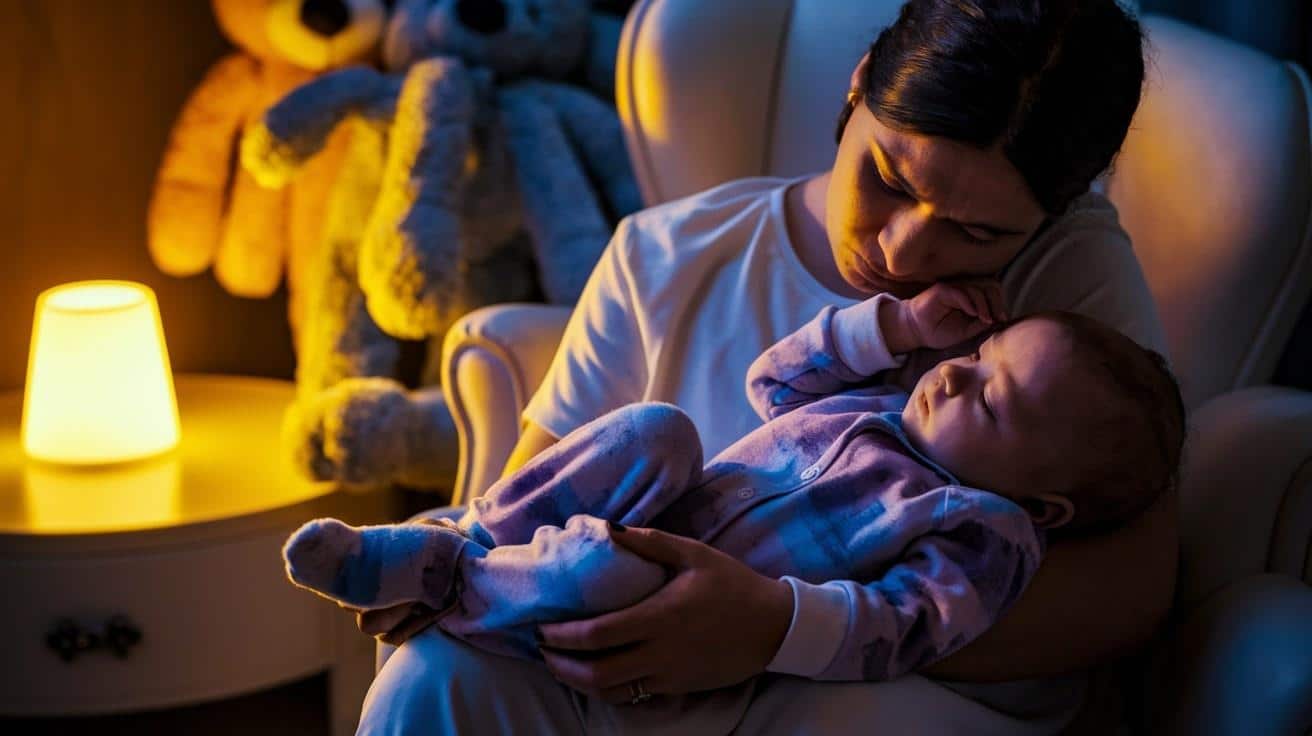
1. Overtiredness: The Sleep Debt Problem
When babies miss enough sleep, they get cranky. If your little one isn’t getting enough daytime naps or the time between naps and bedtime is too long, they become overtired.
An overtired baby has a harder time falling asleep. It seems backward, but the more tired they are, the more they fight sleep. Their bodies release stress hormones that make it even harder to relax.
Pro Tip: Watch for early signs like eye rubbing, ear pulling, or looking away. Putting your baby down at these first signs—before yawning or fussiness starts—can prevent overtiredness.
2. Unrealistic Sleep Expectations
Not all babies need exactly 12 hours of sleep at night. Some babies naturally need less sleep, and forcing them to stay in the crib when they’re not tired can create problems.
Imagine being put to bed at 7 PM when you’re not sleepy until 9 PM. You’d be frustrated, too! Babies who spend too much time awake in their cribs can develop negative feelings about their sleep space.
3. Sleep Training Challenges
Sleep training that doesn’t match your baby’s age or personality can cause more crying, not less. For example:
- Starting sleep training too young (before 4-6 months)
- Training for naps and nights at the same time
- Using a method that doesn’t fit your baby’s temperament
Sometimes, well-meaning advice from untrained “sleep consultants” or friends can make things worse. What worked for one baby might be completely wrong for yours.
4. Separation Anxiety
Between 6-24 months, babies develop a stronger awareness that you exist even when they can’t see you. This leads to separation anxiety, which typically peaks around 9 months and again at 18 months.
At bedtime, your baby suddenly realizes you’re leaving, and they protest! This is actually a sign of healthy attachment, not a behavior problem. Did you ever notice your baby cries more when one parent puts them to bed versus both?
Or that the crying gets worse during certain age periods? That’s separation anxiety in action.
5. Physical Discomfort
Sometimes, crying at bedtime has a physical cause:
- Teething pain
- Reflux (especially when lying flat)
- Ear infections
- Illness or fever
- Gas or digestive issues
If your baby cries more when laid in certain positions or shows other signs of discomfort, like arching its back, there might be a physical reason for its distress.
How to Help Your Crying Baby at Bedtime?

Fixing Sleep Schedules
Most babies do best with age-appropriate wake windows (time between sleeps). If these periods are too long, your baby gets overtired.
Wake windows might be 2-3 hours for a 6-month-old. By 12 months, most babies can handle 3-4 hours of wakefulness. Check age-appropriate sleep charts, but remember they’re just guidelines.
Try these adjustments:
- Add a short late-afternoon nap if bedtime is too far from the last nap
- Move bedtime earlier if your baby shows tired signs
- Ensure daytime naps are long enough (at least 45 minutes for restorative sleep)
Setting Realistic Expectations
Instead of aiming for a set bedtime, watch your baby’s natural patterns for a week. When do they actually get sleepy? When do they naturally wake up? When possible, adjust your schedule to match your baby’s natural rhythm.
This might mean a later bedtime or an earlier wake-up time than you expected.
Remember: Some babies naturally need less sleep than others. Forcing a “low sleep needs” baby to stay in bed for 12 hours often leads to crying and frustration.
Improving Sleep Training Approaches
If your current sleep training method causes excessive crying:
Take a short break from training. Check if your approach suits your baby’s age and temperament. Consider switching to a gentler, more gradual method. Consult your pediatrician when uncertain about the best approach for your child.
Pro Tip: Try the “fade out” method where you gradually reduce your presence in the room over time. Sit by the crib for a few nights, then move the chair farther away each night until you’re outside the door.
Managing Separation Anxiety
During peak separation anxiety, establish a calm bedtime with extra quality time and brief, positive goodbyes. Leave something with your scent nearby for comfort.
Remember that separation anxiety is a normal developmental stage—your confident approach teaches your baby that temporary separations are safe and that you’ll always return.
Changing the Bedtime Routine
Sometimes, a fresh approach to bedtime helps break negative associations:
- Change the order of your routine steps
- Move bath time to the morning instead of the evening
- Try different soothing methods (rocking, patting, singing)
Even small changes can help reset your baby’s expectations and break the crying cycle.
Pro Tip: Add a “happy hour” with playful, loving interaction right before starting the bedtime routine. This positive time together can help override previous negative associations with bedtime.
When to Get Extra Help?
Consider professional help if crying at bedtime has lasted more than 2-3 weeks despite your best efforts, your baby seems genuinely distressed (not just fussy), you notice other concerning symptoms like changes in appetite or development, or your mental health is suffering.
Options include talking to your pediatrician, consulting with a certified pediatric sleep consultant, or joining a parent-baby sleep class.
Creating a Better Sleep Environment

Your baby’s sleep space matters:
- Keep the room dark with blackout curtains
- Use white noise to mask household sounds
- Maintain a comfortable temperature (68-72°F is ideal)
- Remove distractions from the crib
- Consider a sleep sack instead of loose blankets
Taking Care of Yourself
Handling a crying baby night after night is both physically and emotionally draining. Your health matters too during this challenging phase:
When possible, alternate nights with your partner to ensure you both get rest. Step away briefly when feeling overwhelmed by continuous crying.
To remain calm, practice simple relaxation techniques, such as deep breathing. Temporarily reduce your housekeeping expectations and other responsibilities while focusing on sleep issues.
Most importantly, remind yourself that this difficult period is temporary. Your baby will eventually learn to sleep better, and you’ll both emerge stronger from this challenging but necessary developmental stage.
Sleep challenges are one of the hardest parts of early parenting, but they don’t last forever.
With patience, consistency, and the right approach for your unique baby, bedtime can become a peaceful time for everyone. By understanding what’s behind your baby’s bedtime tears, you can take steps to help them—and get everyone in the family the rest they need.
Wrapping it up
Bedtime crying doesn’t mean you’re doing something wrong—it’s often your baby’s only way to communicate their needs.
By recognizing the underlying causes—whether overtiredness, unrealistic expectations, separation anxiety, physical discomfort, or negative associations—you can implement targeted solutions that match your baby’s unique temperament and developmental stage.
Remember that sleep patterns evolve rapidly in the first two years, and today’s challenge will soon become yesterday’s worry. Most importantly, trust your instincts.
You know your baby best, and peaceful bedtimes are possible with patience, consistency, and the right approach for your family. Your baby isn’t giving you a hard time—they’re having a hard time, and you have the power to help.
If you’re interested in more informational content on mothers and babies, feel free toclick here and research other blogs that you might enjoy.





